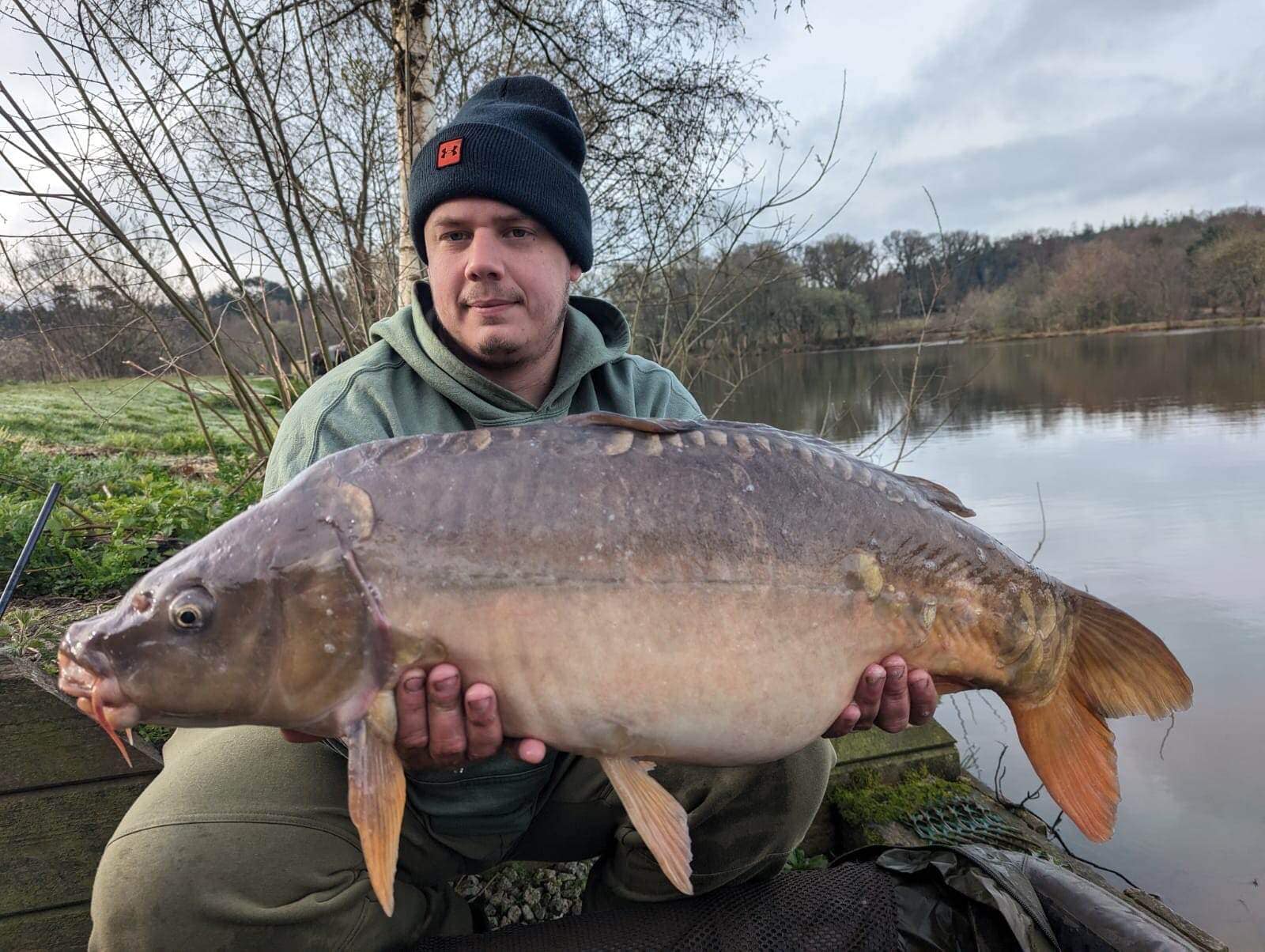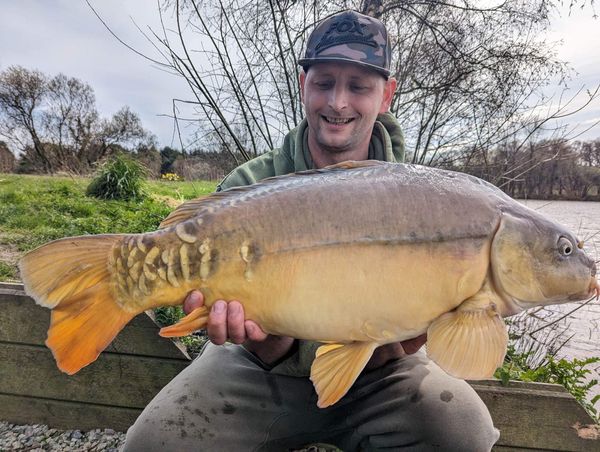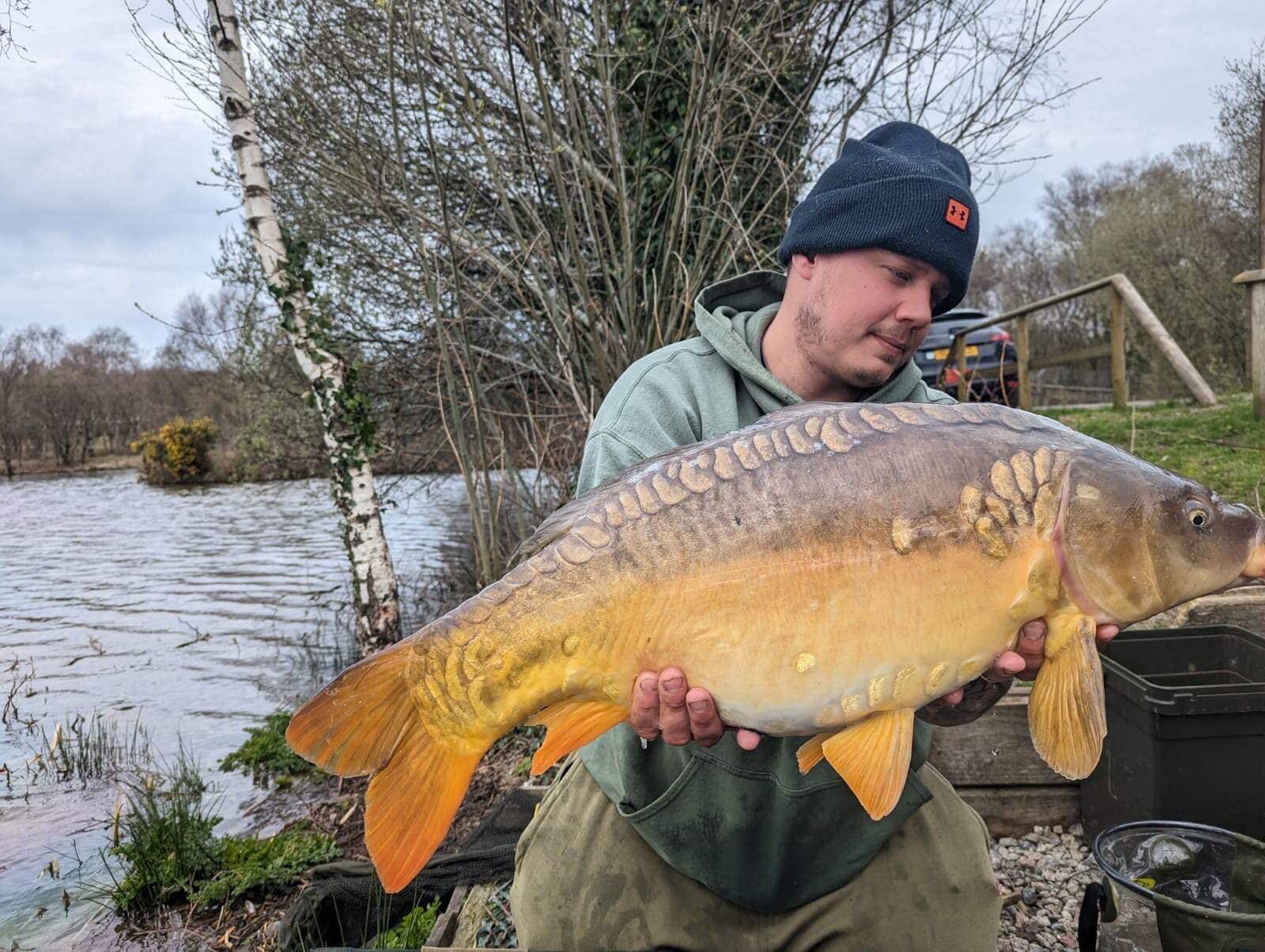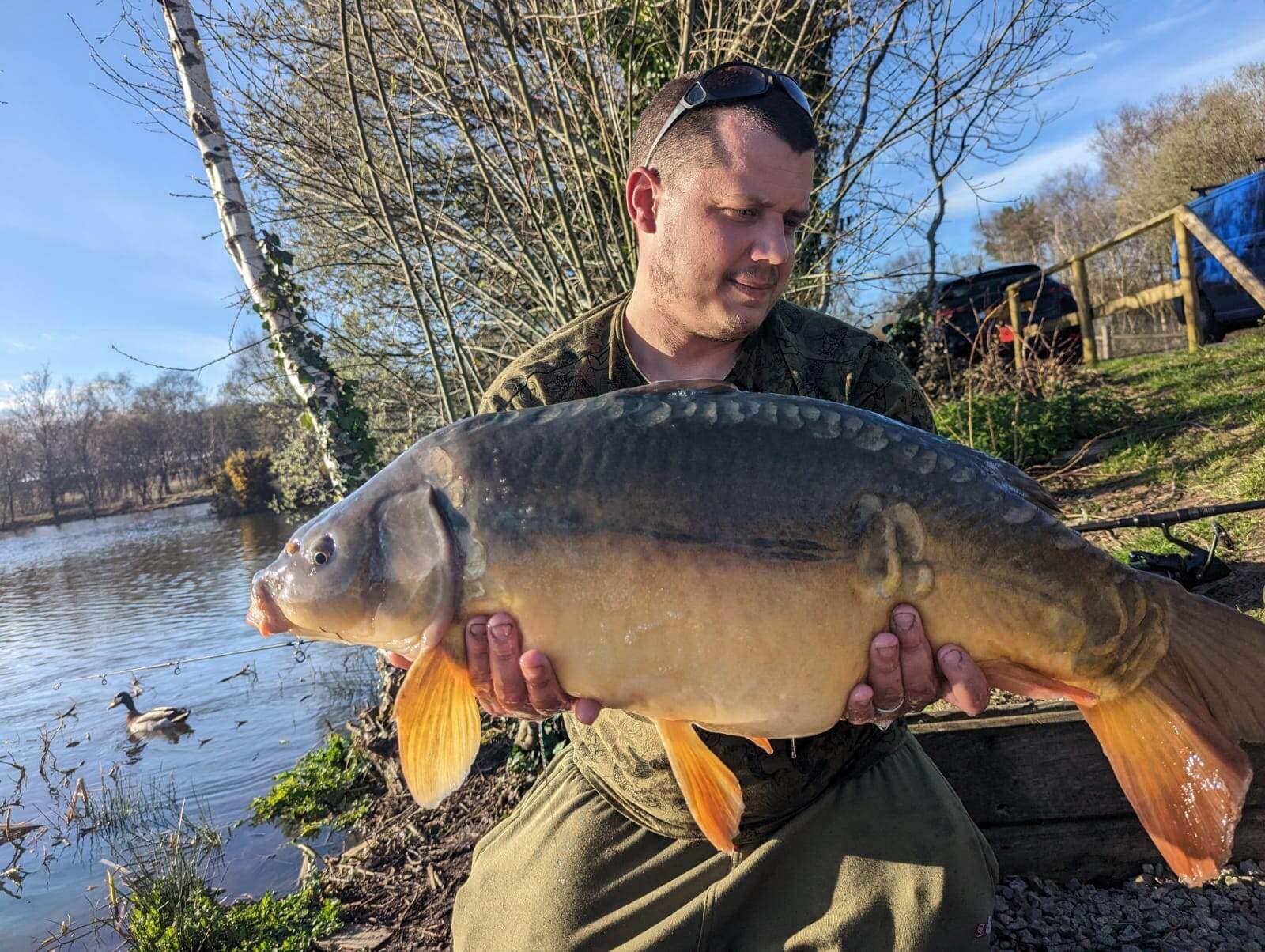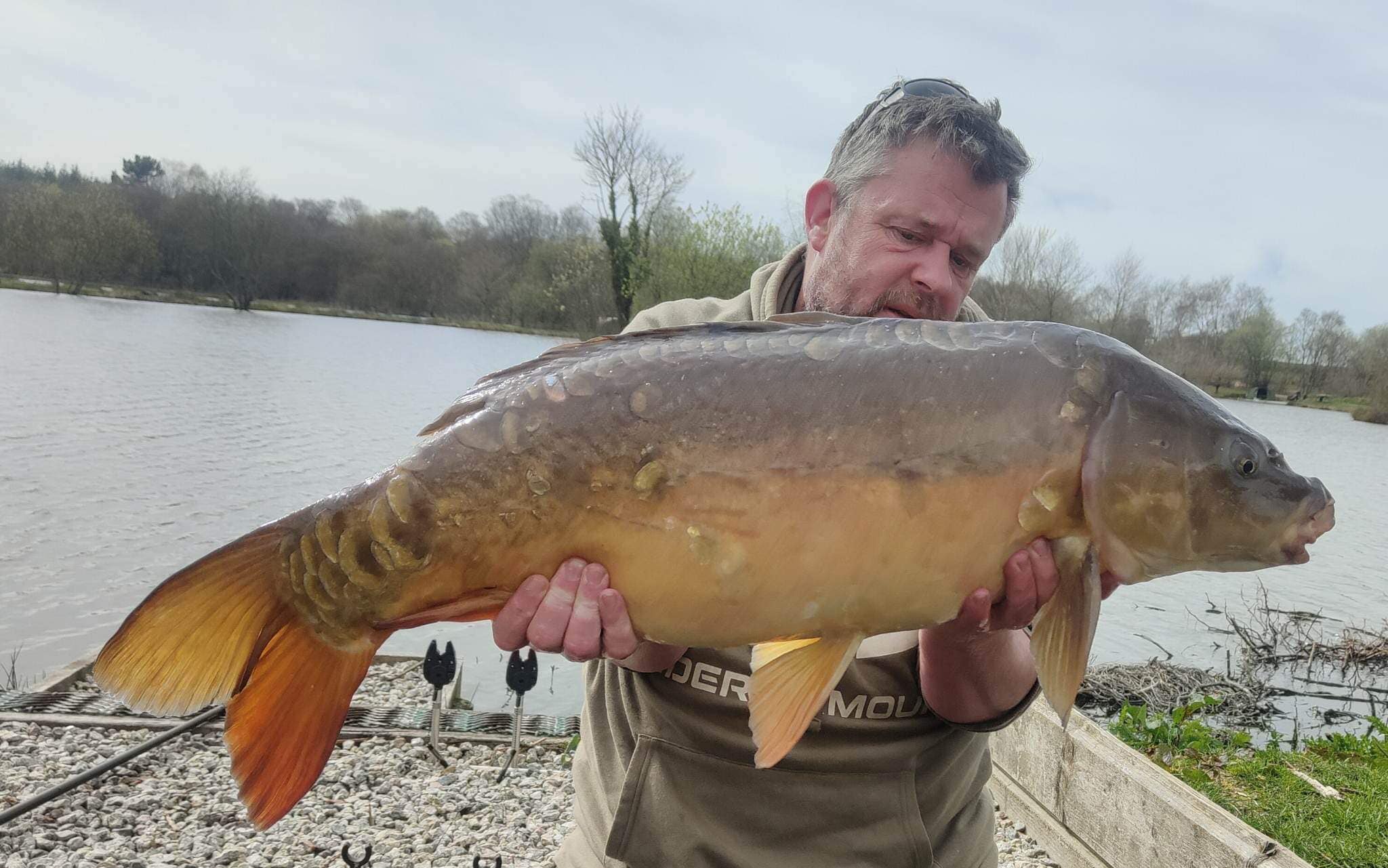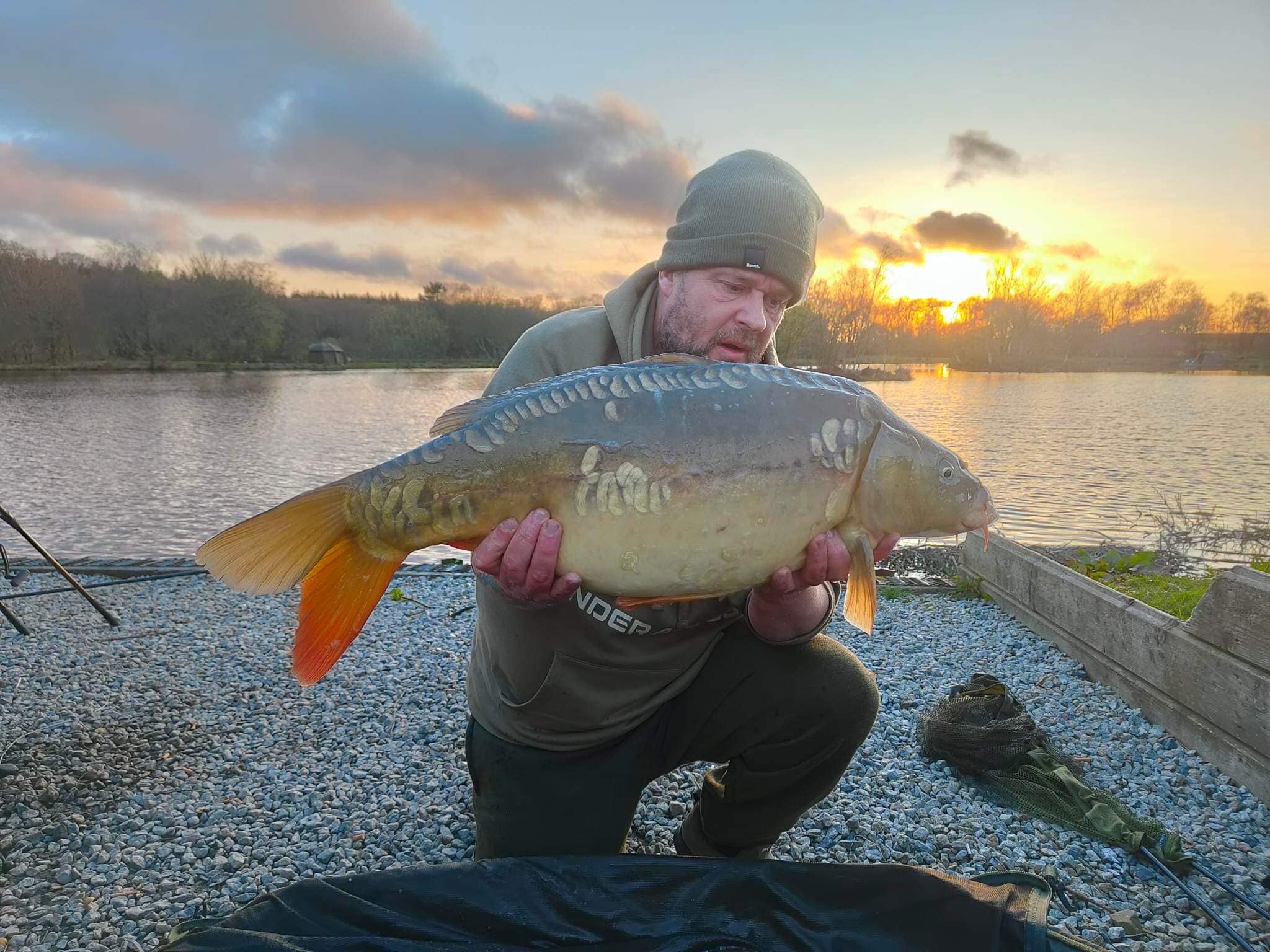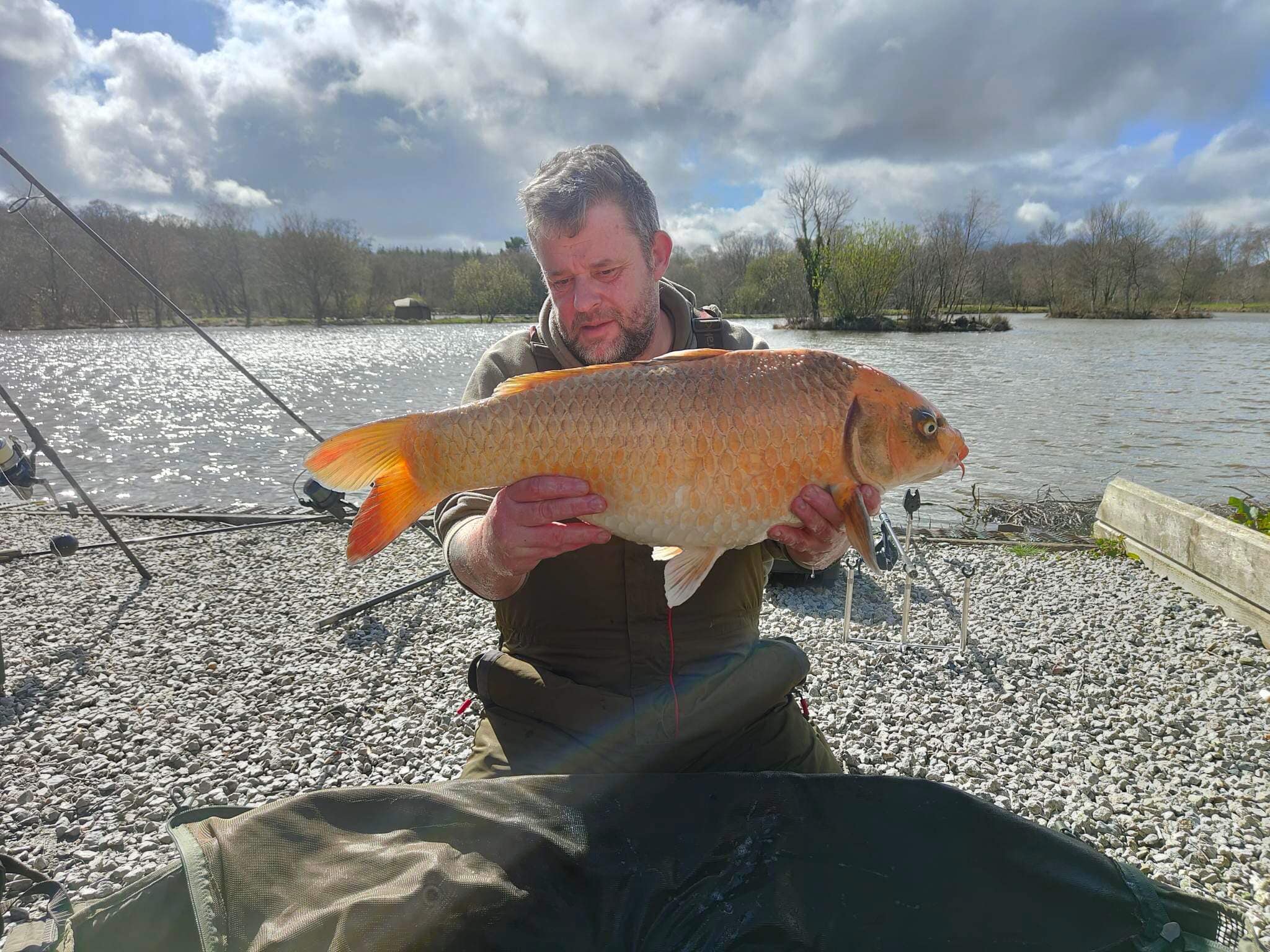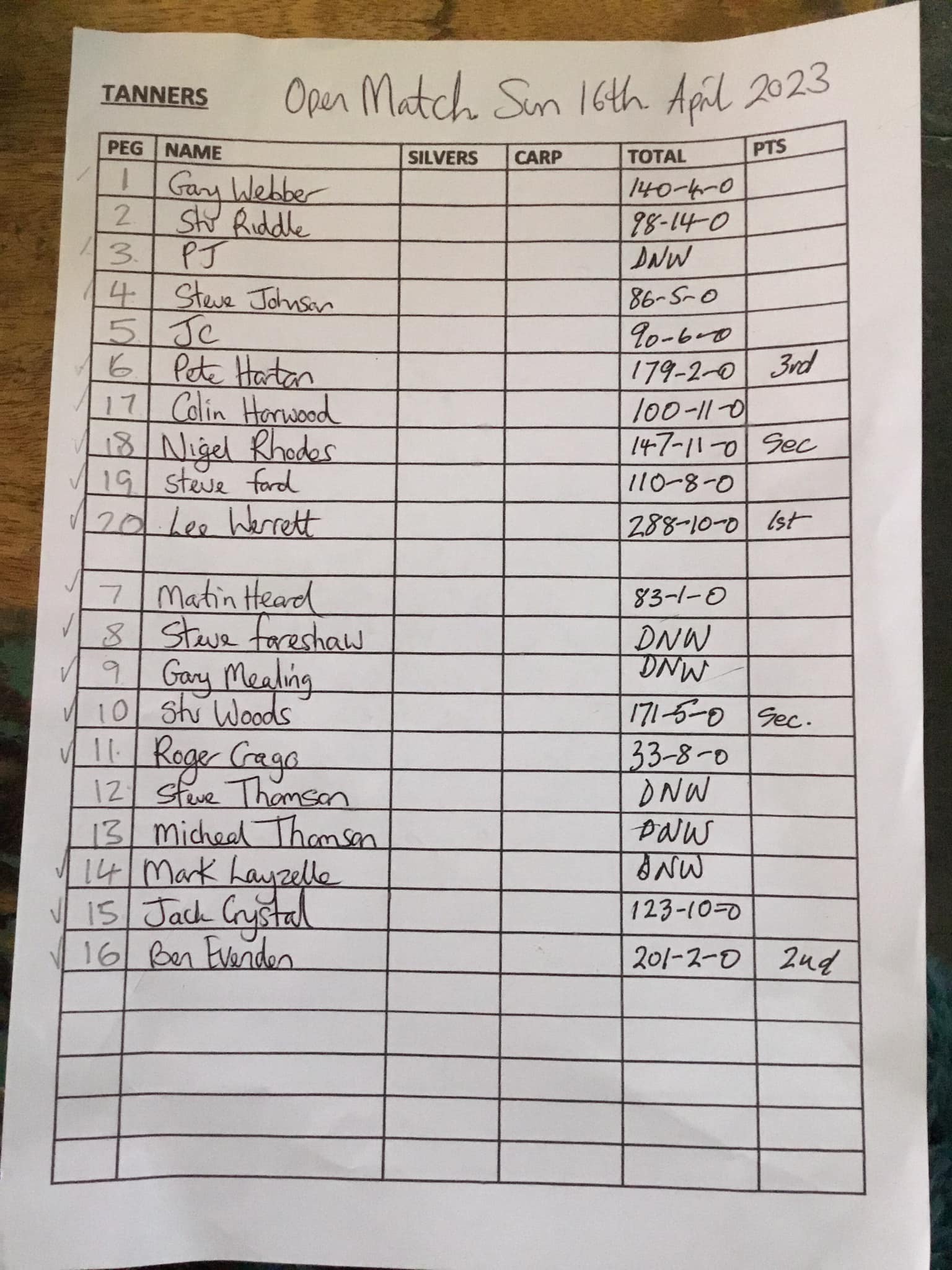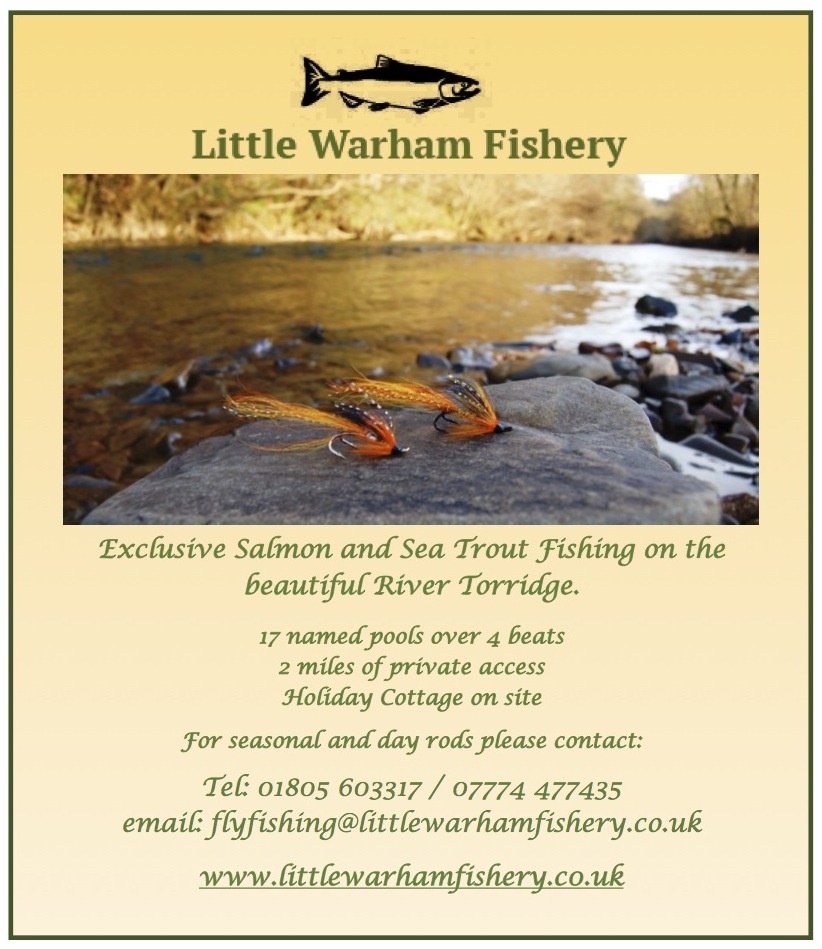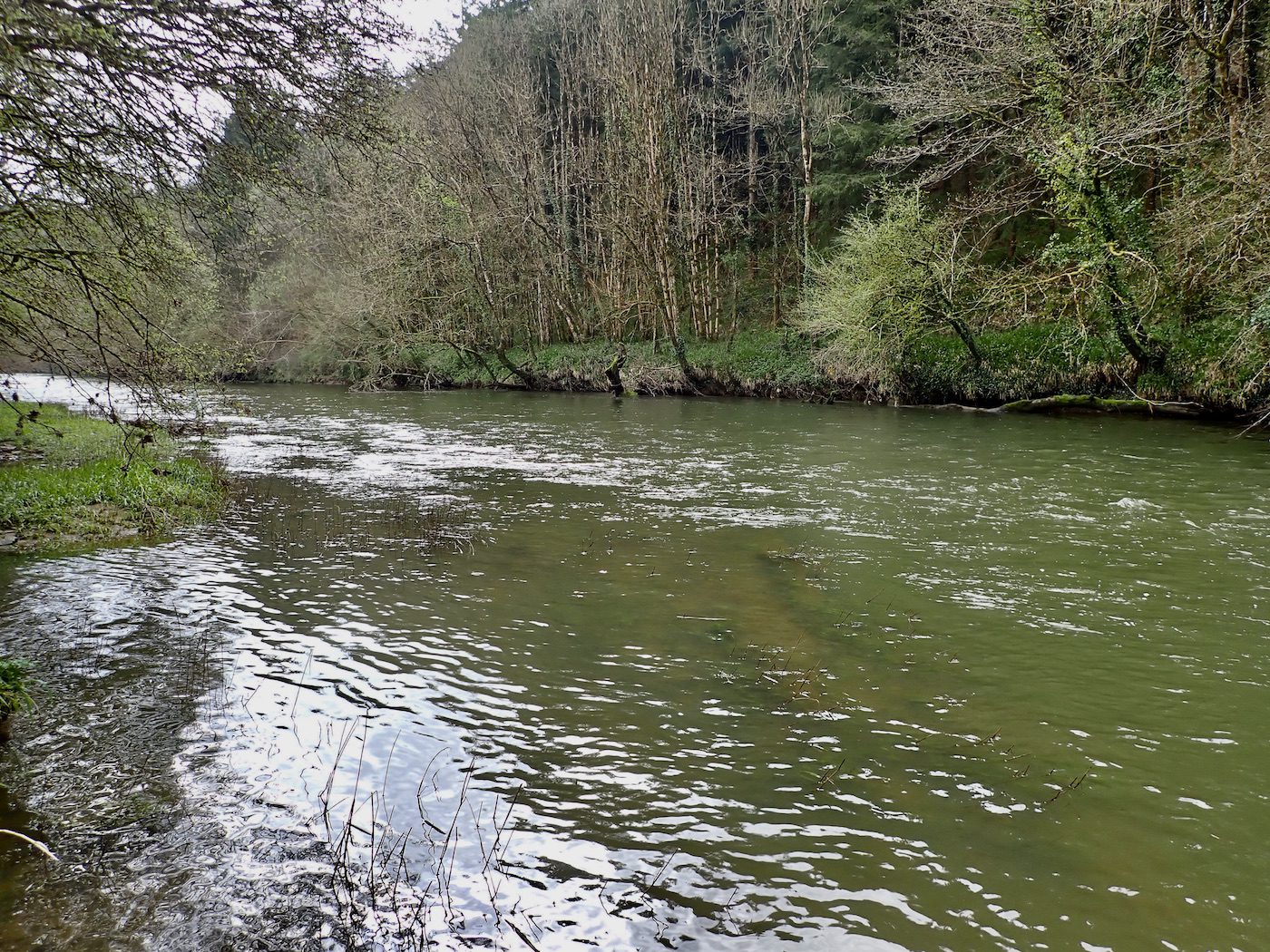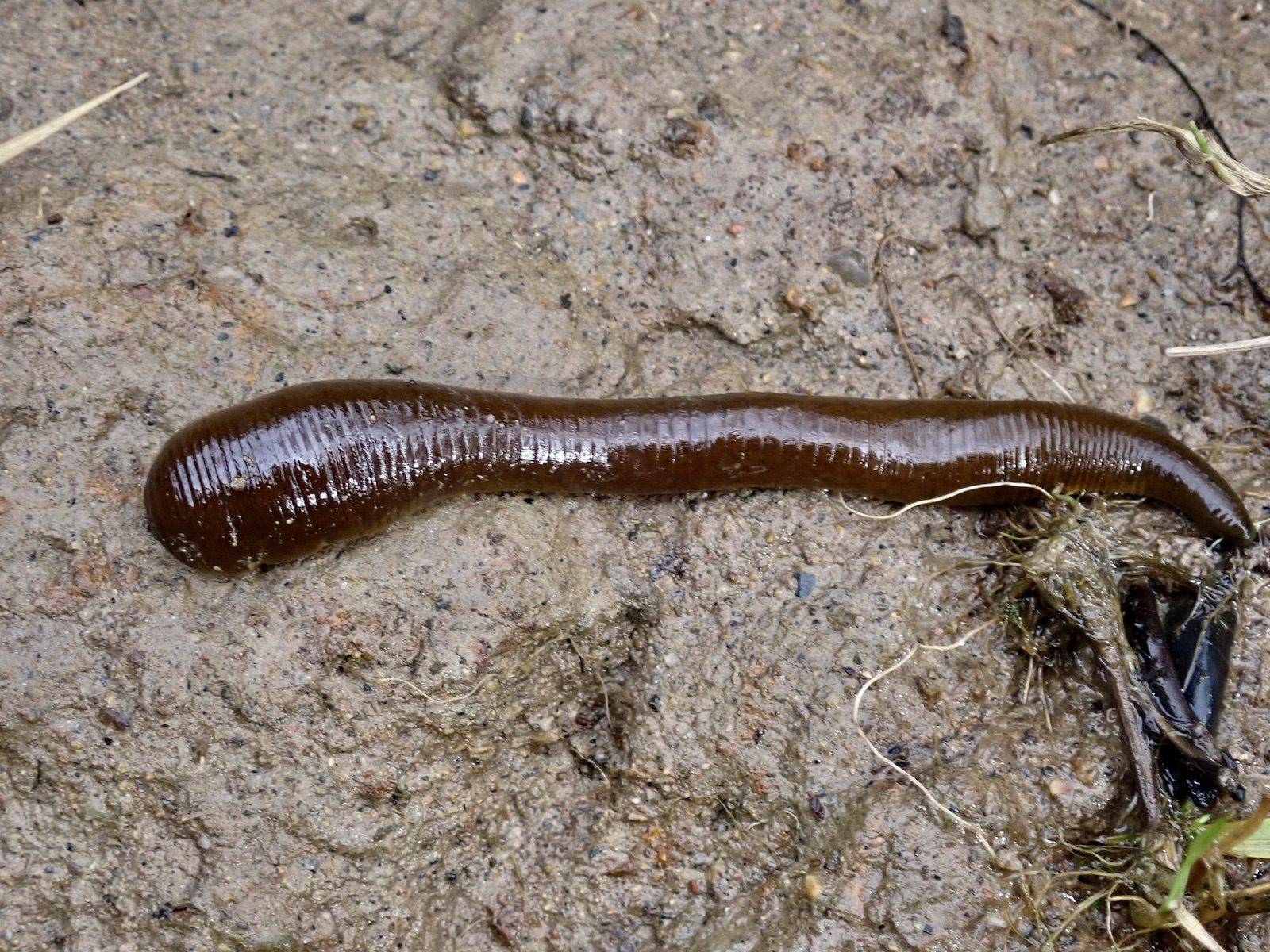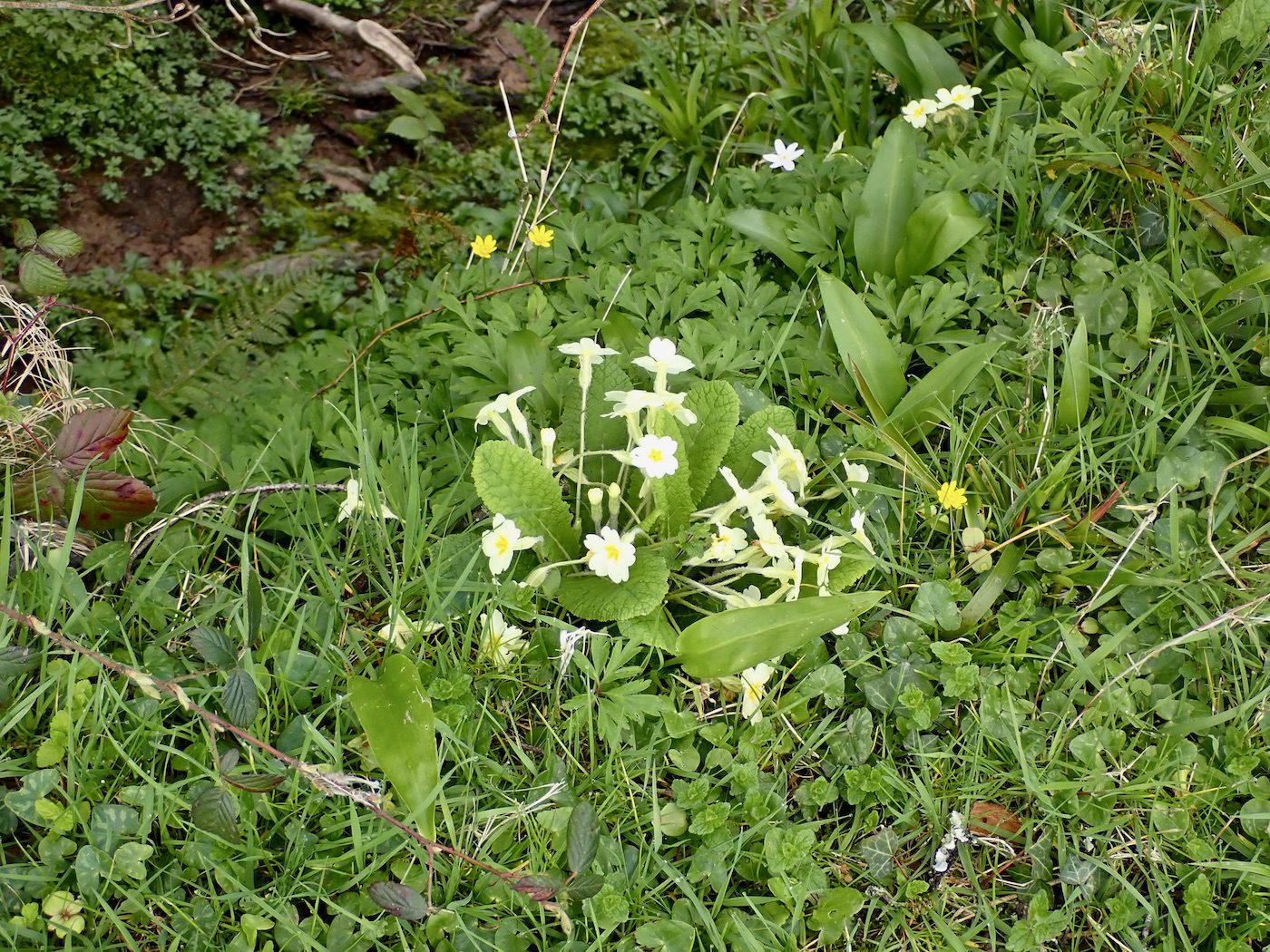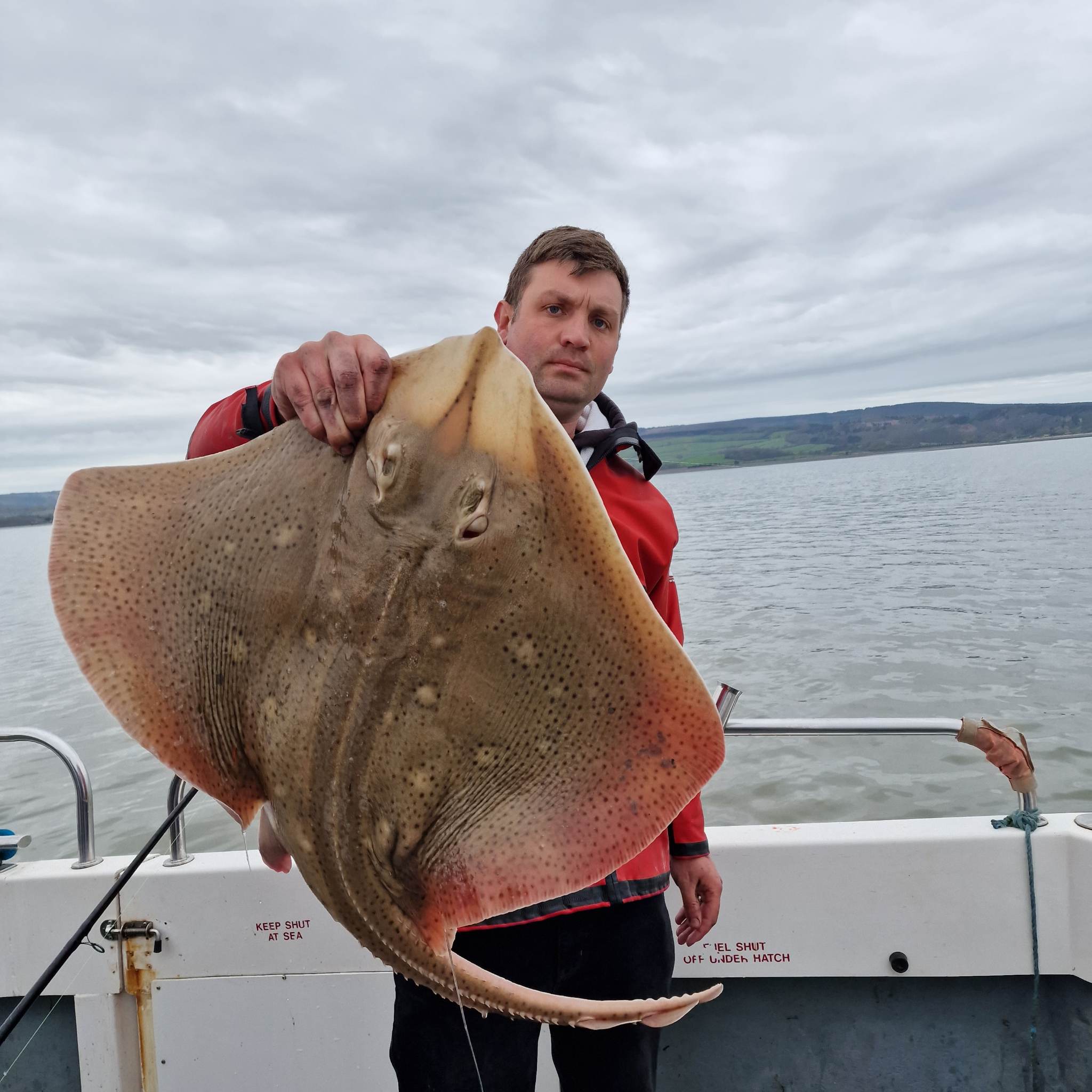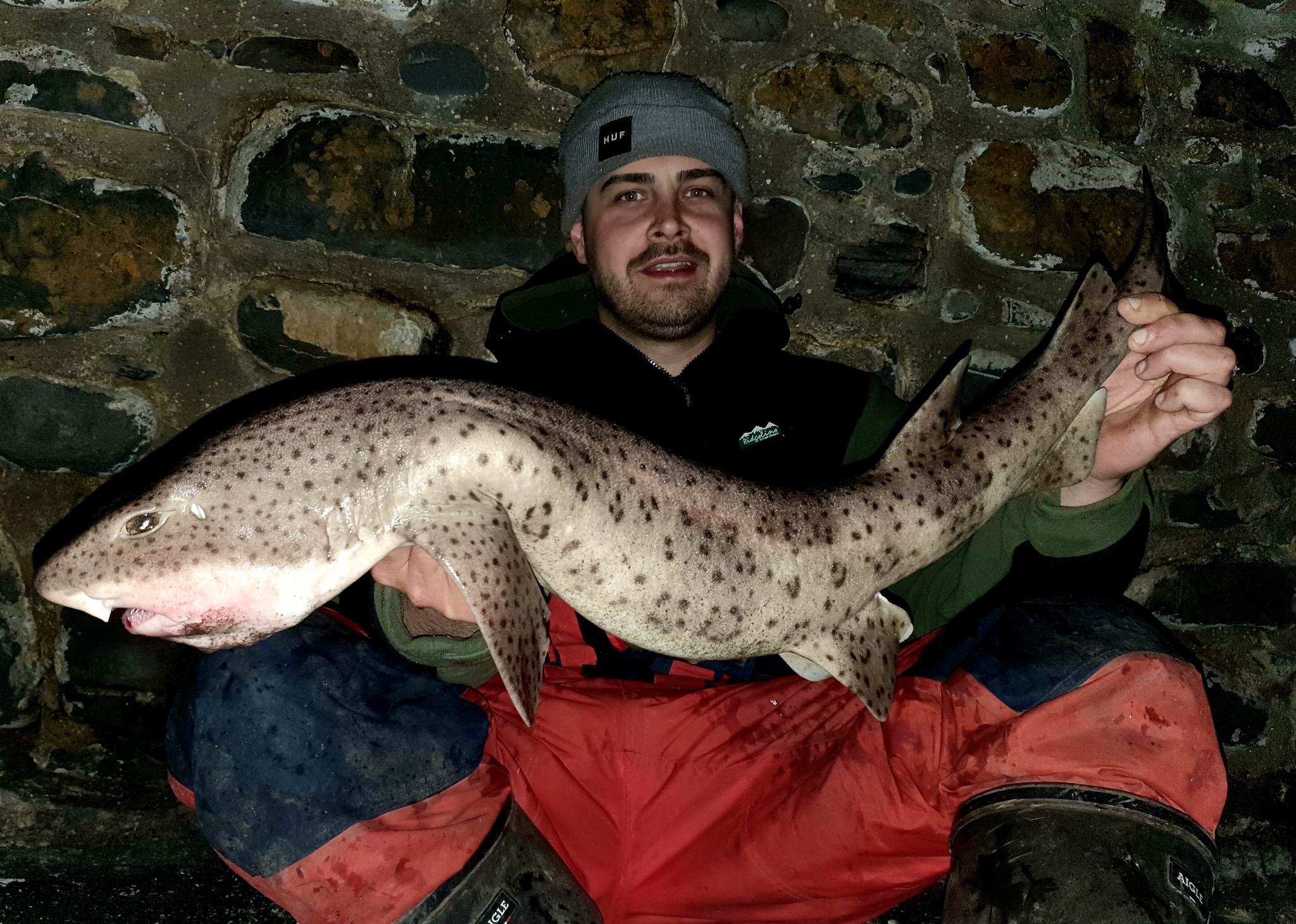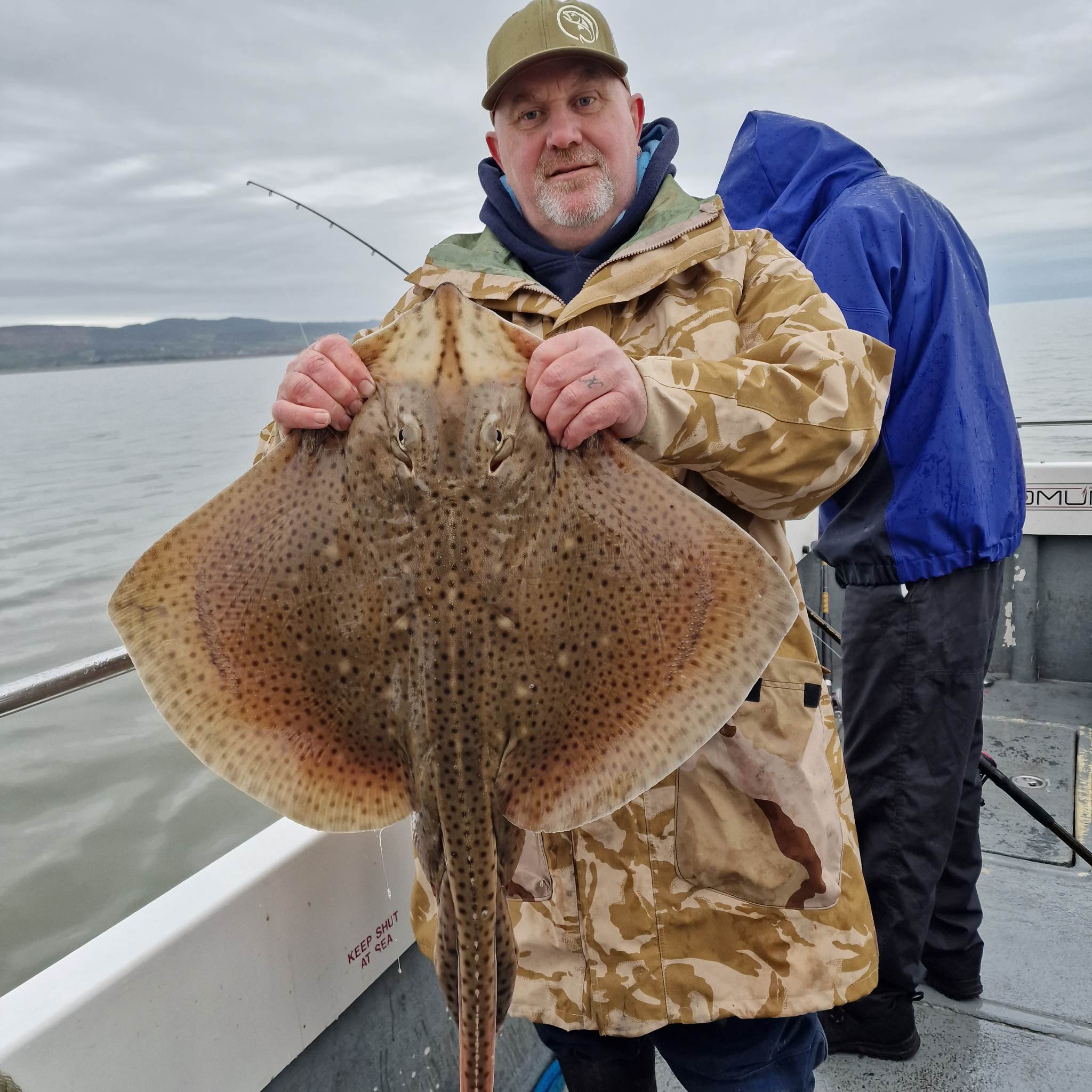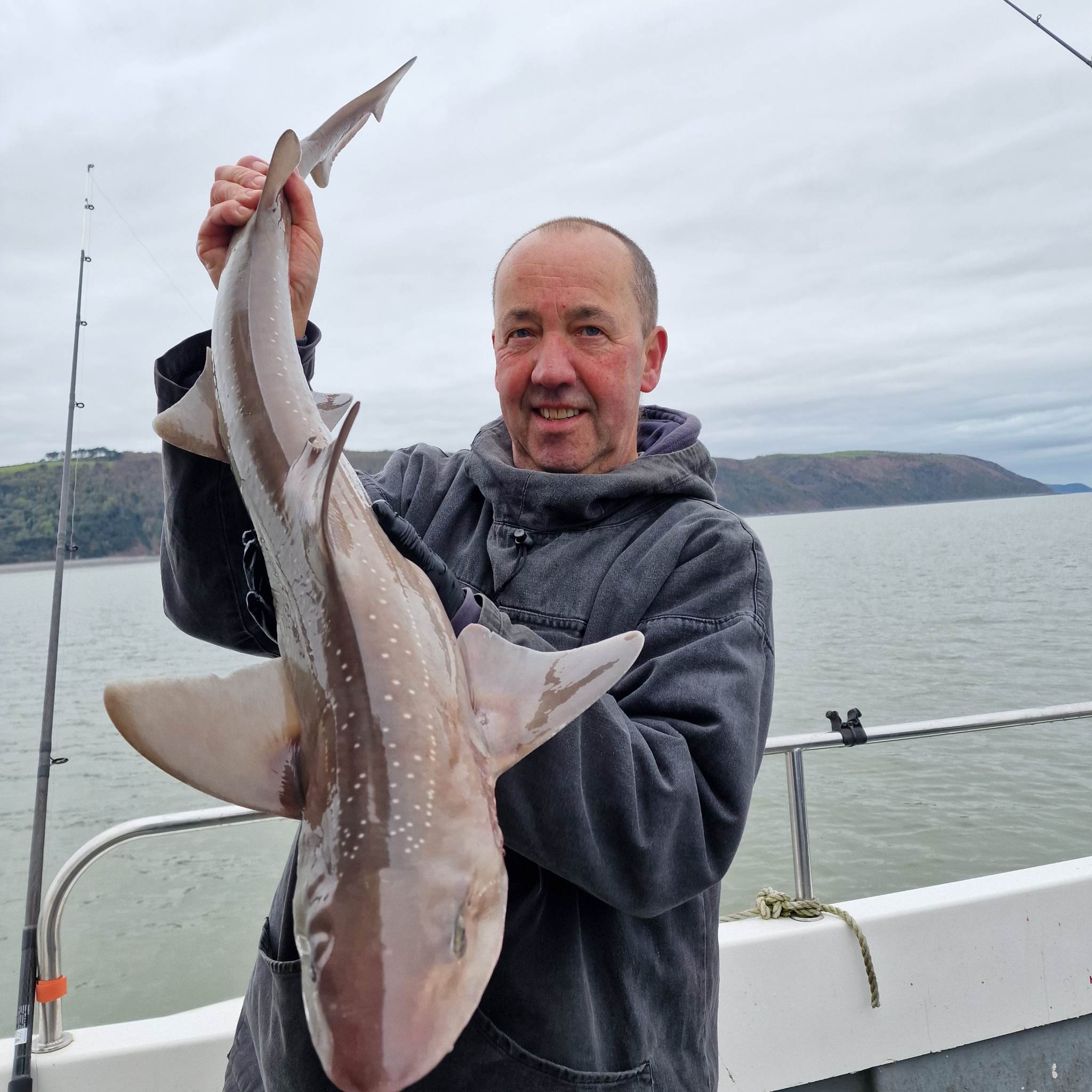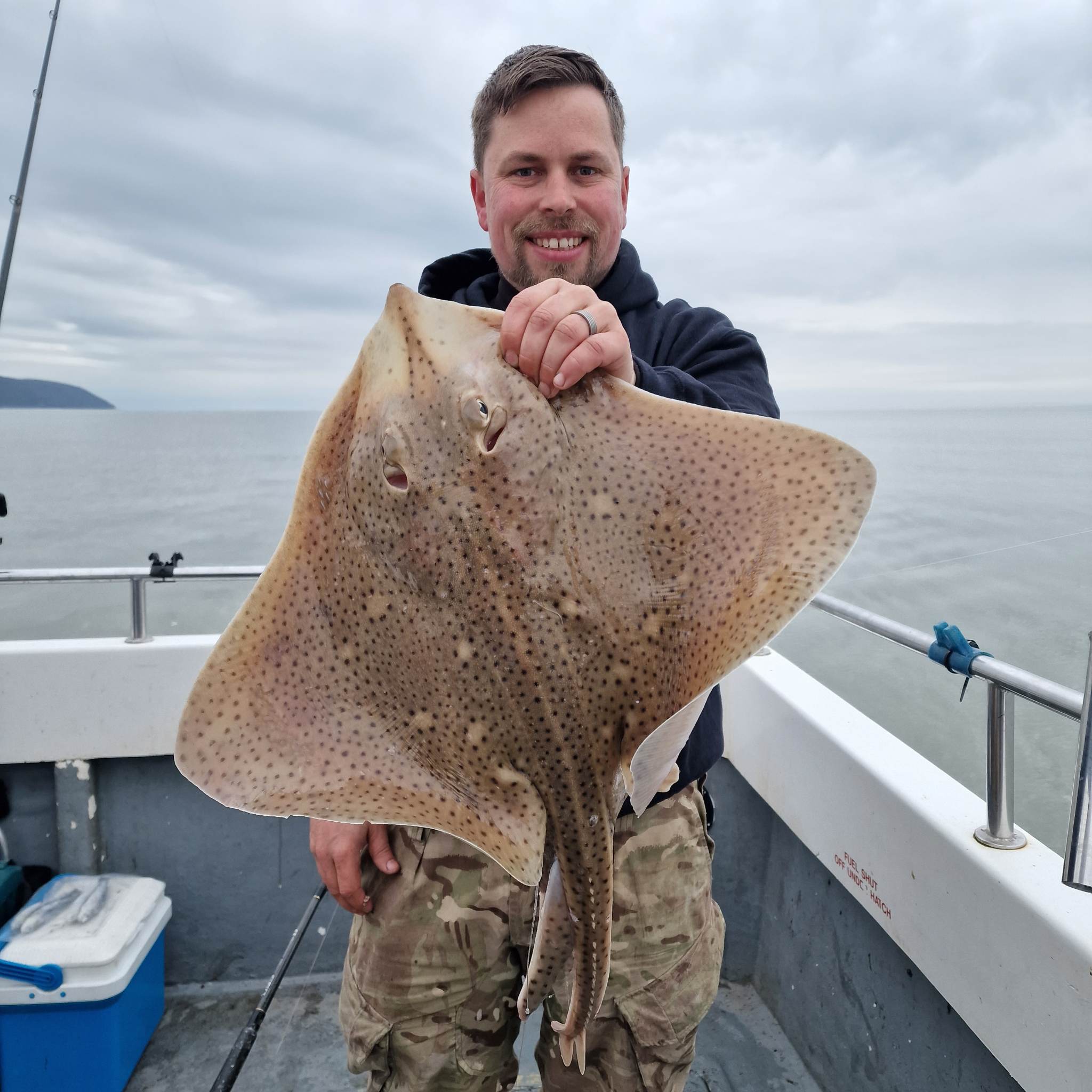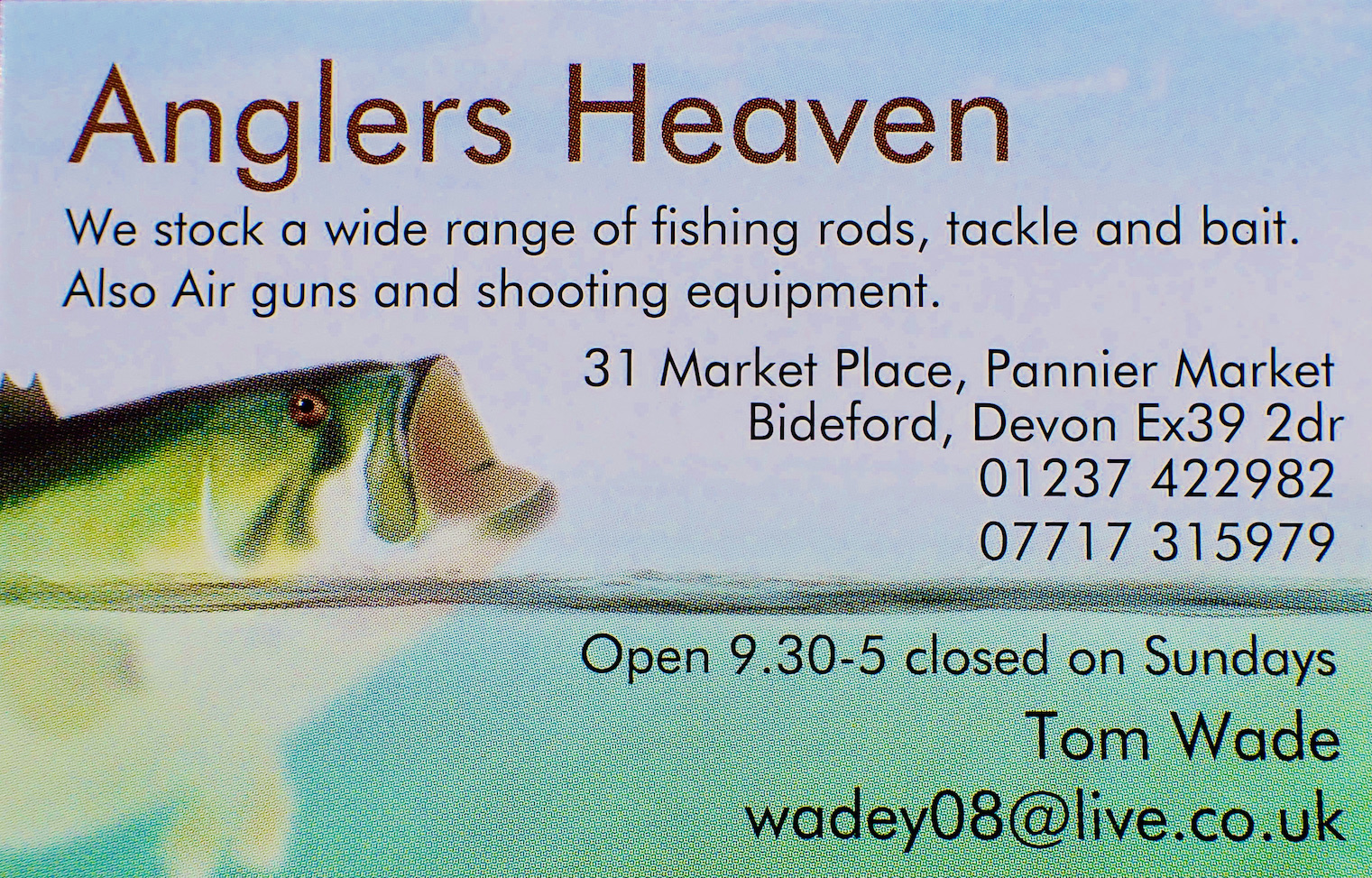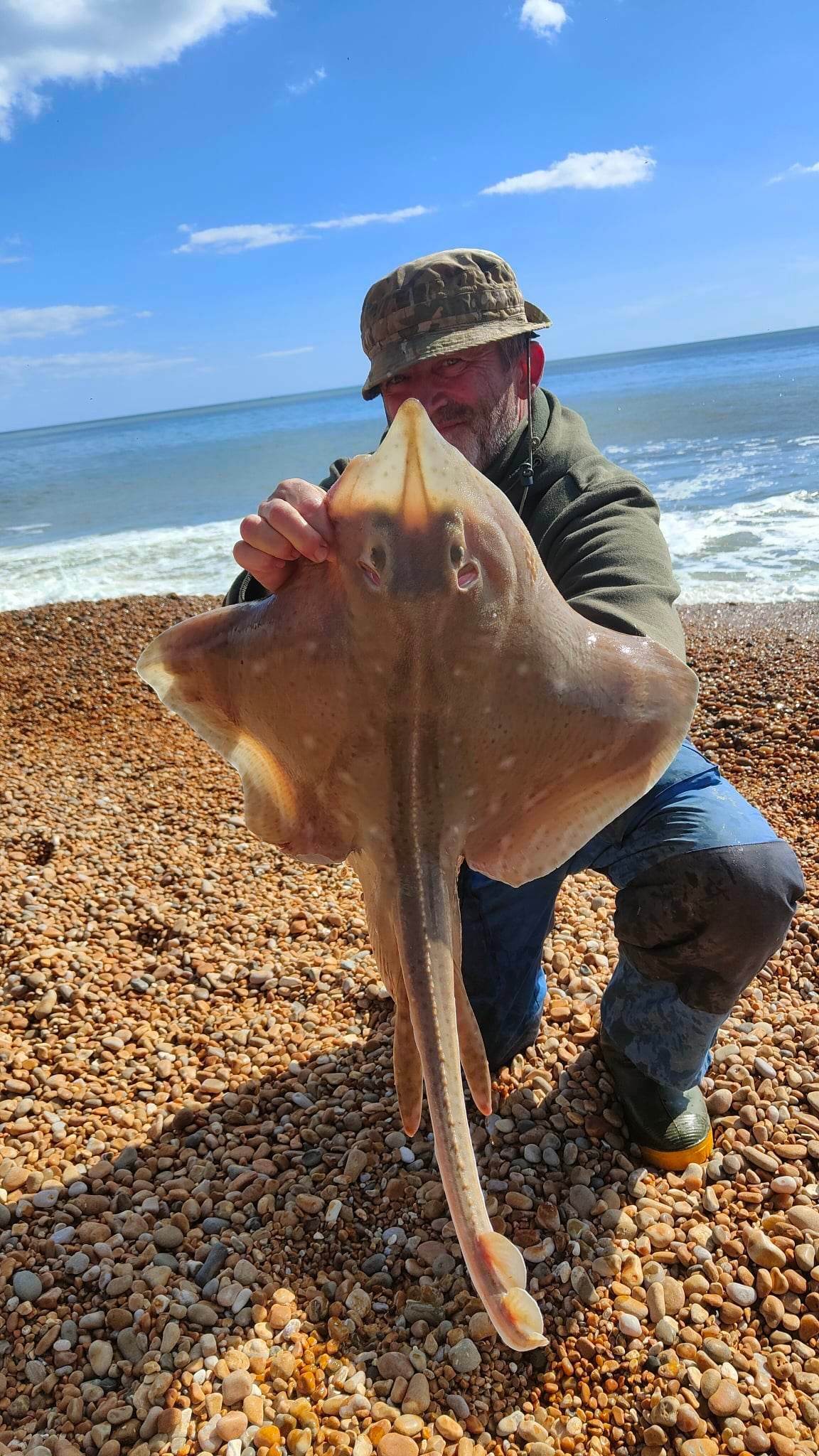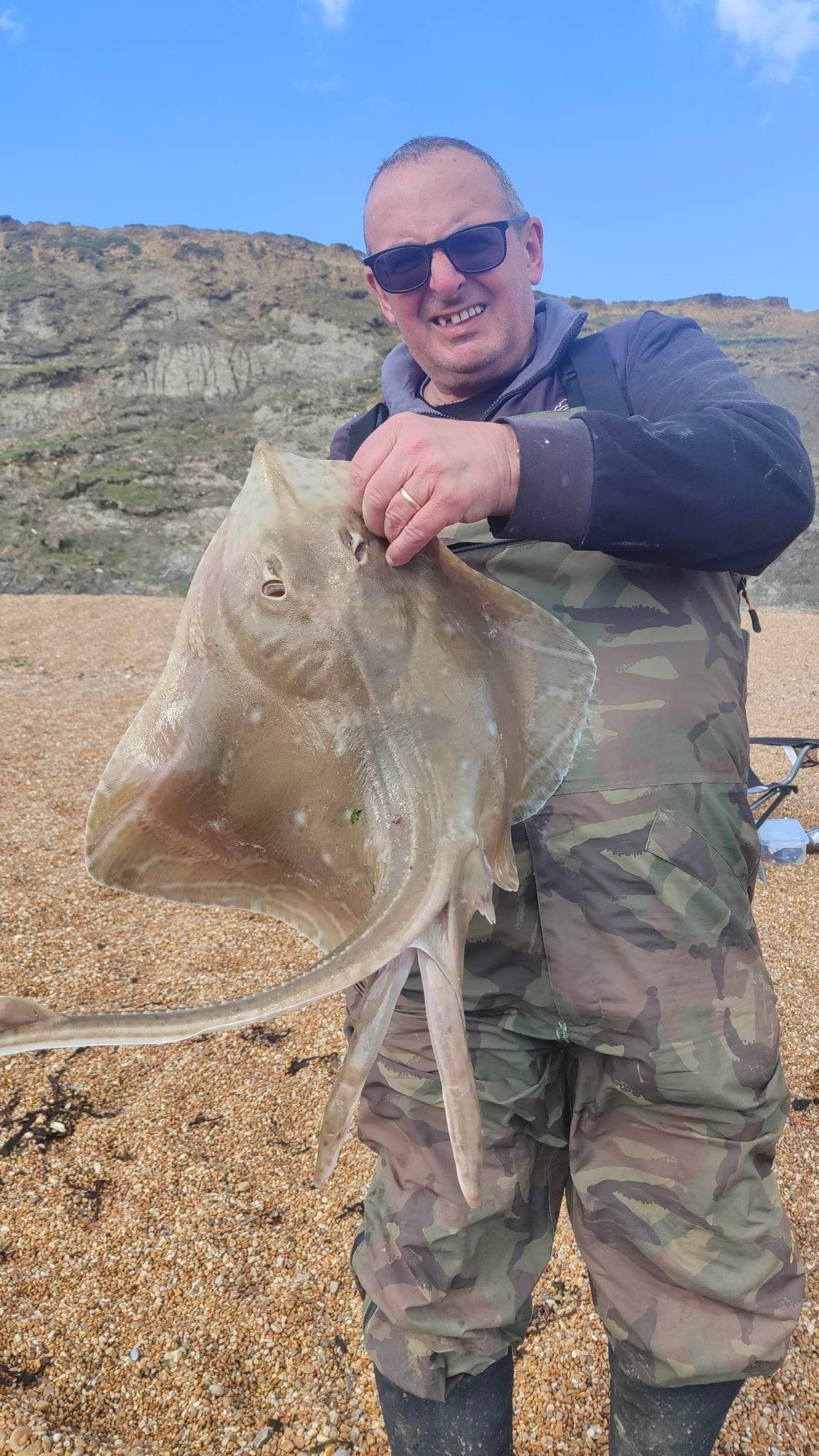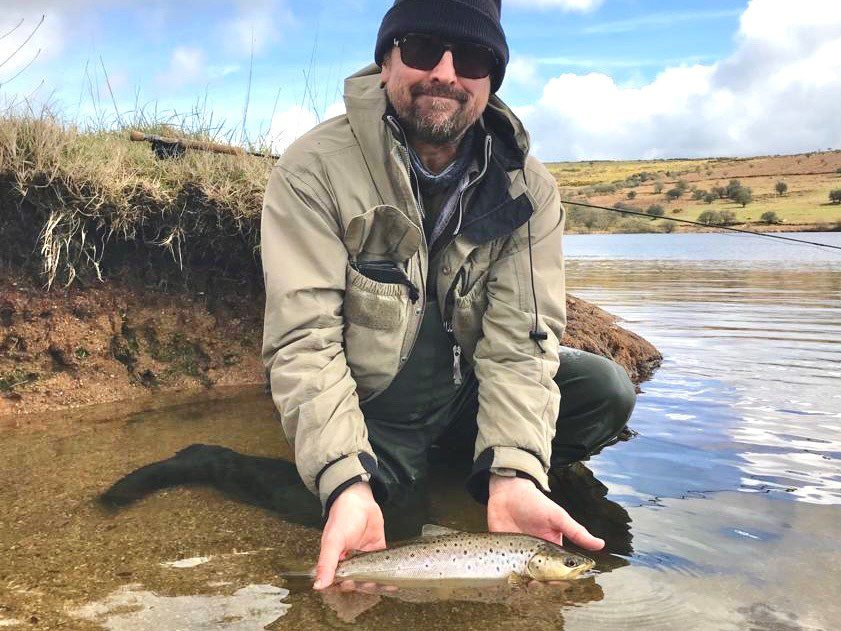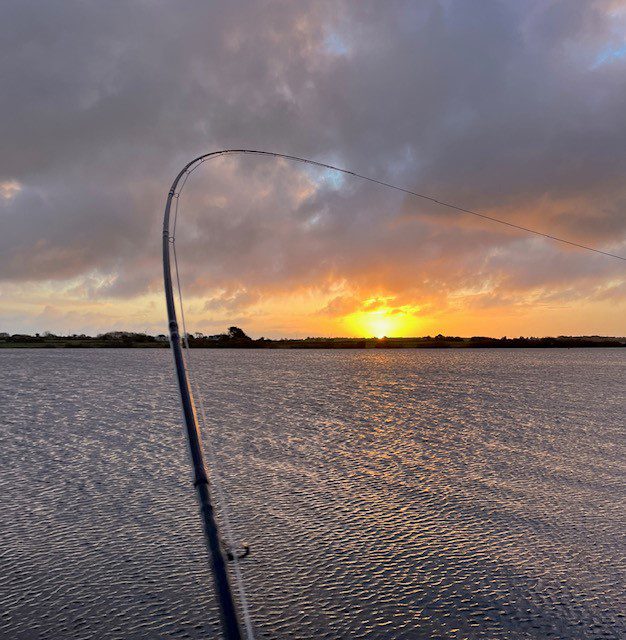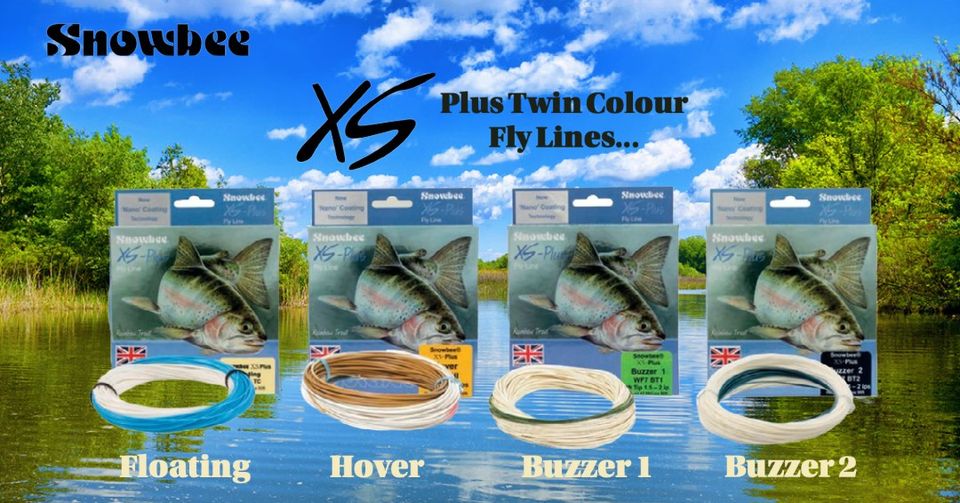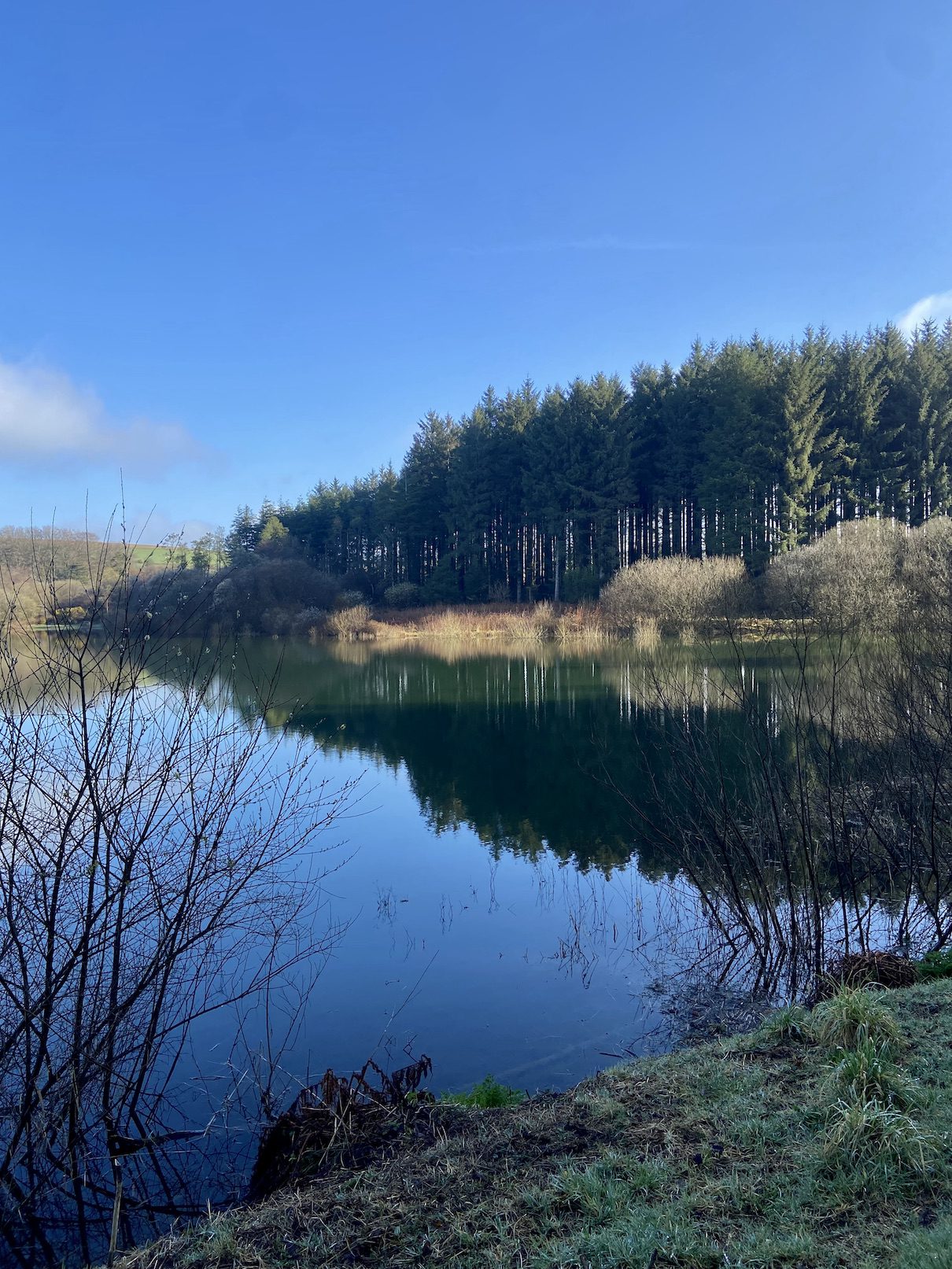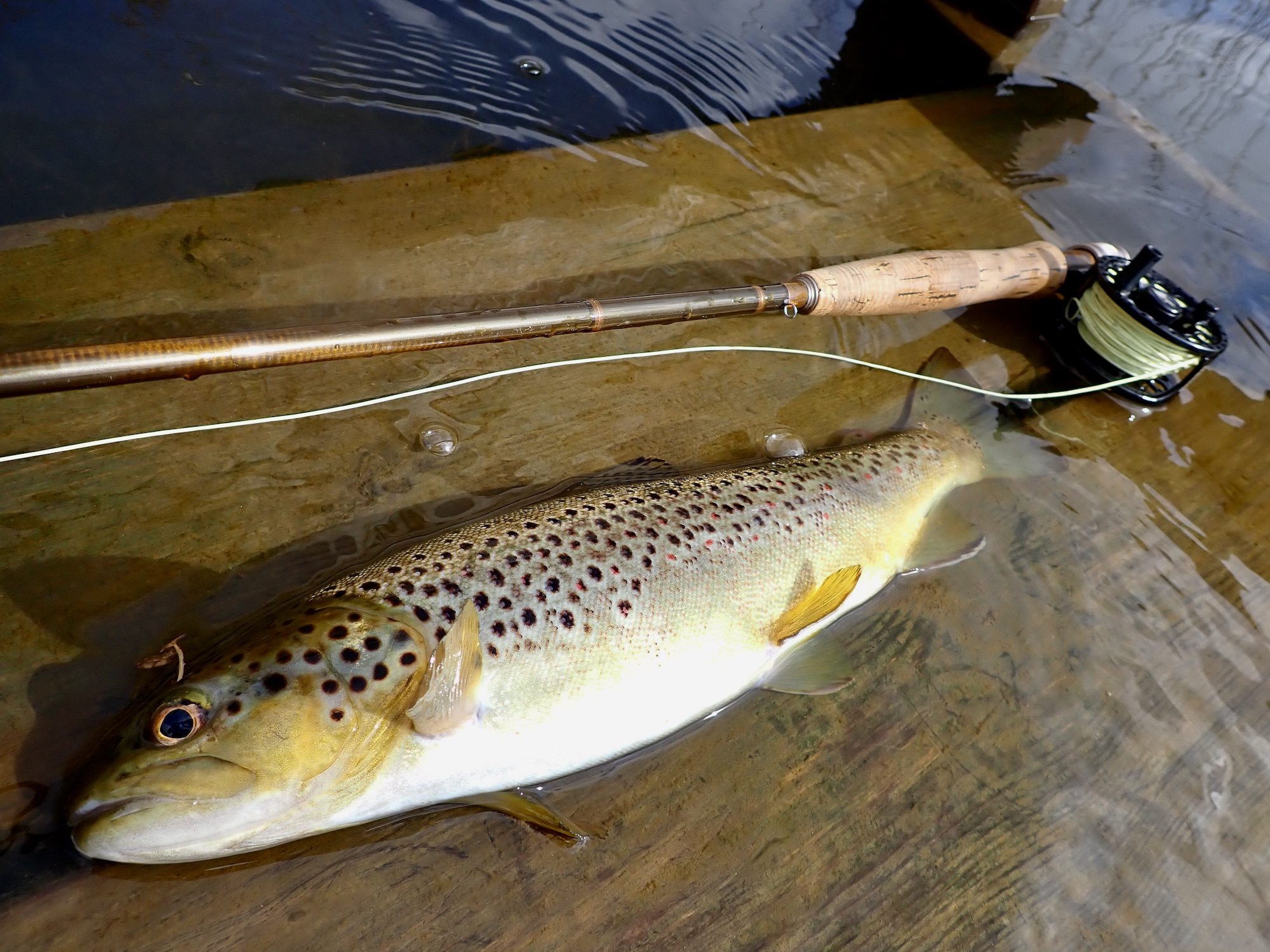Many thanks to Richard Wilson for sharing his monthly writing on North Devon Angling News. A fascinating topic this month that I can relate to as I have book shelves crammed with books many of which extol the virtues of various flies. Whilst watching a fishing program on TV a few nights ago the experienced ghillie on the river Spey was asked what fly to tie on? ” She replied “The one you believe in”. Whist this was aimed at salmon a complex fish that undoubtedly has unorthodox tendencies there is much truth in this statement for confidence in the fly is perhaps the fly’s greatest attribute.
The war for your wallet.
Fly fishing is a battle of wits, pitting wily angler against crafty fish. It’s an undisputed fishing fact that it takes a canny fisherman or woman to catch a canny fish.
We know this to be true because clever fisherfolk write books and articles in which their sophistication and guile always win the day. For the rest of us, there are no bragging rights in dumb failure so we scour magazines and the internet hoping for enlightenment.
This quest for wisdom comes down to just one all-important question. It’s the one we ask of every angler we meet on the bank, and it’s the first thing we say to anyone who’s just caught a trout (or salmon, or steelhead): ‘What’s the fly?’ Not ‘how long is that rod’, ‘nice waistcoat’ or ‘that’s a cool net’. Nor do we ask about spiritual incantations or performance-enhancing drugs. Just the fly.
So when it really matters, the summation of centuries of piscatorial knowledge can be distilled to this: ‘What’s the fly?’ There’s nothing wrong with the question, but the answer has caused endless human misery.
Look around you. Magazines promote fancy patterns and bloggers tie sensational flies made with just the hair of their dog. The omnipresent Mega-Weba-Store offers click-bait flies distinguished only by their pornographic names (fish are suckers for sexual innuendo).
This fly-choice conundrum lies at the heart of fly-fishing’s collective neurosis: If we make a bad decision and fish the wrong fly, we will go home empty-handed on a day when everyone else is catching fish on alternate casts. This is the worst humiliation a fly fisherman or woman can suffer.
And there’s no excuse for getting it wrong. Thanks to smartphones we can consult the wisdom of the Interweb 24/7, and even midstream if we are so minded (I’m not). Assuming we have a serviceable rod, line and reel then all we need to do is ‘Match the Hatch’. Who’d argue with that? It’s all about the fly, isn’t it? Yet this smug little slogan, probably coined by a sharp suit on Madison Avenue, opens the door to a world of pain.
The promise is clear: If you, dear reader, can truly Match the Hatch (MTH) no wily trout will ever outwit you again. The river will be your servant and you will be invited to fish the finest beats. People will point you out wherever the great and the good of flyfishing gather.
Becoming an MTH-maestro takes decades of hard graft. Does anybody ever know it all? Of course not. When, eventually, you are confidently armed with enough MTH knowledge you head for the river, observe a major ephemerellid die-in and reach for your spent-wing spinners. Sadly you’ve brought the wrong fly box, so you tie on a Patagonian Gordo Alberto Black & Green Barbless Groucho Bonkster (size 10), and catch the first fish you cast to. And the second. So much for matching the hatch.
The father of all fishing wisdom, Ed Zern, nailed the Match the Hatch myth back in 1945: “Every once in a while, a fly fisherman catches a trout on a trout fly and he thinks this proves something. It doesn’t. Trout eat mayflies, burnt matches, small pieces of inner-tube, each other, caddis worms, Dewey buttons, crickets, lima beans, Colorado spinners and almost anything else they can get in their fool mouths. It’s probable they think the trout fly is some feathers tied to a hook. Hell, they’re not blind. They just want to see how it tastes.”
Well said Ed. I especially like the implicit dumbness in “see how it tastes.”
I don’t know whether Ed had an epiphany moment or if he laboured hard, testing his evolving theory on fish and fly and fag-end combinations. I like to think that as a prolific and creative writer he snatched it from the heavens under pressure from an imminent deadline.
My enlightenment was not a life-changing bolt of inspiration. It seeped in as part of a long, slow, teenage slouch through life, enhanced by 7-days a week access to a wild trout stream. I could cast well enough, name maybe a dozen flies and had little interest in entomology. And I should ‘fess up to a slovenly intellect.
I was also a teenager with no Mega-Weba-Store on a smartphone to seduce me with centrefolds of shiny tackle (Deadly on Trout Streams!! Buy 5, get 1 free!!). In fact, I don’t remember buying any fly-fishing tackle. It was all hand-me-downs from old people, or acquired from my father, or mongrel flies I tied for myself. In my worldview only grown-ups did entomology – why would anyone do Latin outside school?
Most importantly, whatever it was that I was doing, it worked. I was catching fish, and enough of them to get noticed locally. Hardly fame, but enough to induce a quiet confidence in an otherwise wobbly teenage life.
Hindsight and self-delusion are the two elemental forces of fishing so, like most humans, I needed a theory to rationalise my modest achievement. It was clear to me that fly choice was only cursorily related to catching fish, making entomology dead on the water, just like Latin. Although given the maxim that you can’t catch a fish without a line in the river, it seemed prudent to put on a fly on the end. After that fly size mattered somewhat, but not much else. So that left presentation, which was all about casting – and that suited my slouchy narrative very well.
There was, I decided, a commanding skill to be drawn from reading water and wind and then subduing them with my split cane wand. The summit of achievement was landing a fly with delicacy and precision just above the nose of a chosen trout. At the time I didn’t talk about this because I thought any grown-up with half a brain would have seen my approach for the slacking I knew it to be. Only later in life have I come to think there was truth in my stoner logic. And these days I’m rather less fantastical about my much better handling carbon rods.
Most of my fly tying focused on making flies that sort-of resembled proper grown-up flies, but within the limits of materials scavenged at home. I can only claim one original creation and its purpose was to extend fishing time into near darkness without missing closing time in the pub. It was big, fluffy and white and could be seen under the far bank as the last of the grey bled slowly out of the dying day. It caught fish – occasionally big fish – thereby delivering further evidence that whatever it was that flies did, it wasn’t preordained by the pseudo-science of MTH. And it kept me on the bank into that magical time when the light fades and all is hushed, except the bats.
So, fast forward to today. How did we end up in a world dominated by a rigid fly orthodoxy so closely matched to the stock offerings of multinational tackle companies? A world where the vast majority of artificial flies only ever catch humans swimming in an internet awash with fly-porn. Ask yourself how many flies you own and how many fish you caught last year.
What was once a slow-moving evolutionary struggle between fish and homo sapiens has become a turbo-charged arms race fuelled by merchants and influencers keen to sell stuff. And while humanity has made an intense intellectual and financial commitment to the fight, the fish are less bothered. Indeed, the fish seem to be just as relaxed about it as they ever have been. The canny angler tries to think like a trout and second-guess his enemy, but no trout has ever repaid the compliment. I can’t say whether this makes trout clever or not (OK, it doesn’t), it’s just that fish don’t waste as much time on us as we do on them. They have better things to do.
Nature ensures that dumb fish are as widely distributed as their smarter brethren, and probably in much greater numbers – just like fishermen, you might say. And yet, for reasons I can’t fathom, smart fishermen never waste their time catching dumb fish. At least not in print. Perhaps it’s too easy? Or maybe clever fish make better copy?
Dumb fish, it seems, are only caught by dumb anglers relying on dumb luck. Hmm. It works pretty well for me ….
So, after a lifetime on the bank, here’s what I know: Dry flies come in 3 sizes: small, medium and large. They have wings, mostly. They are barbless. How well they float depends on their mood.
That’s it.

 Newbridge Spring Newsletter – April 2023
Newbridge Spring Newsletter – April 2023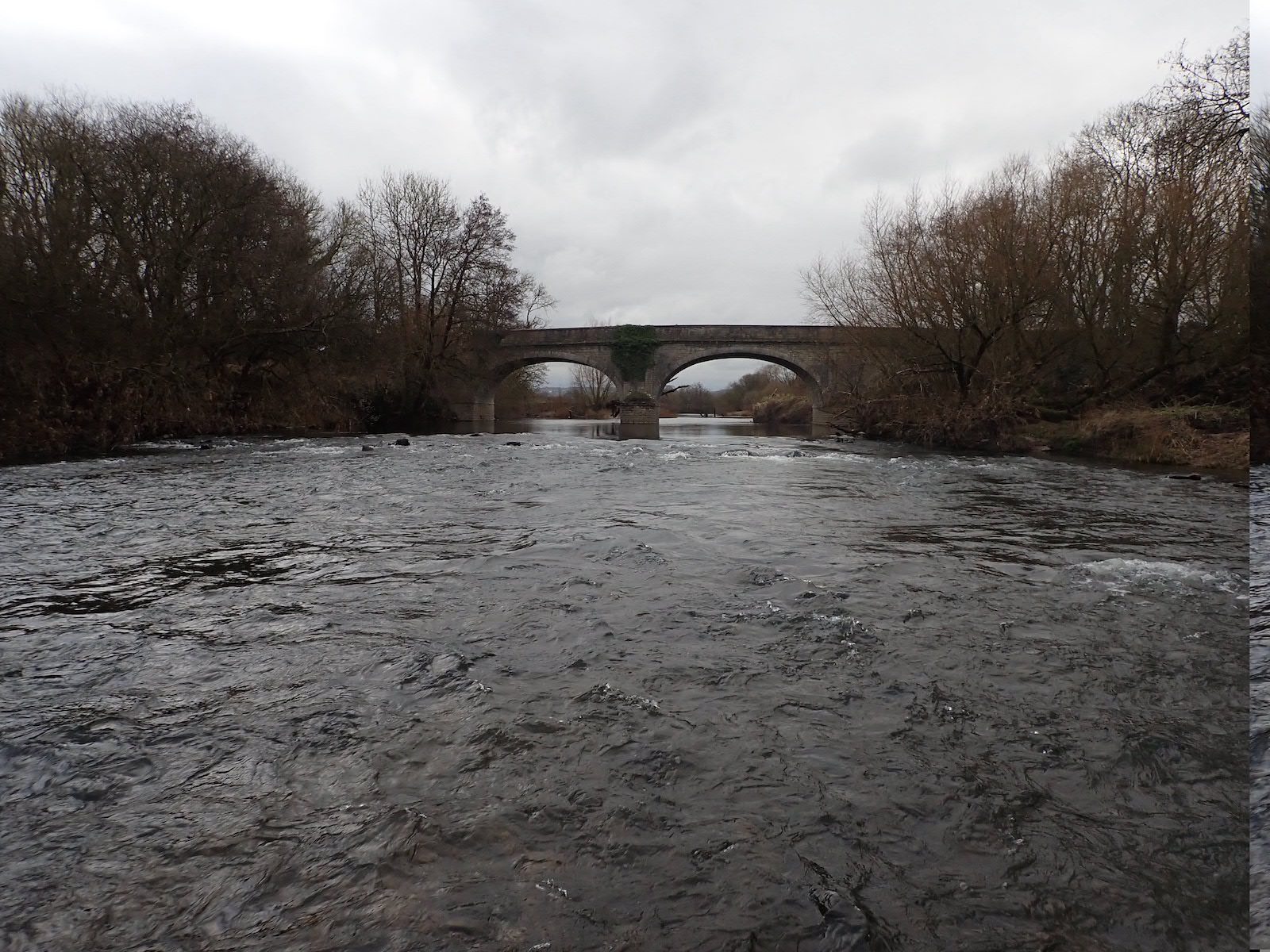


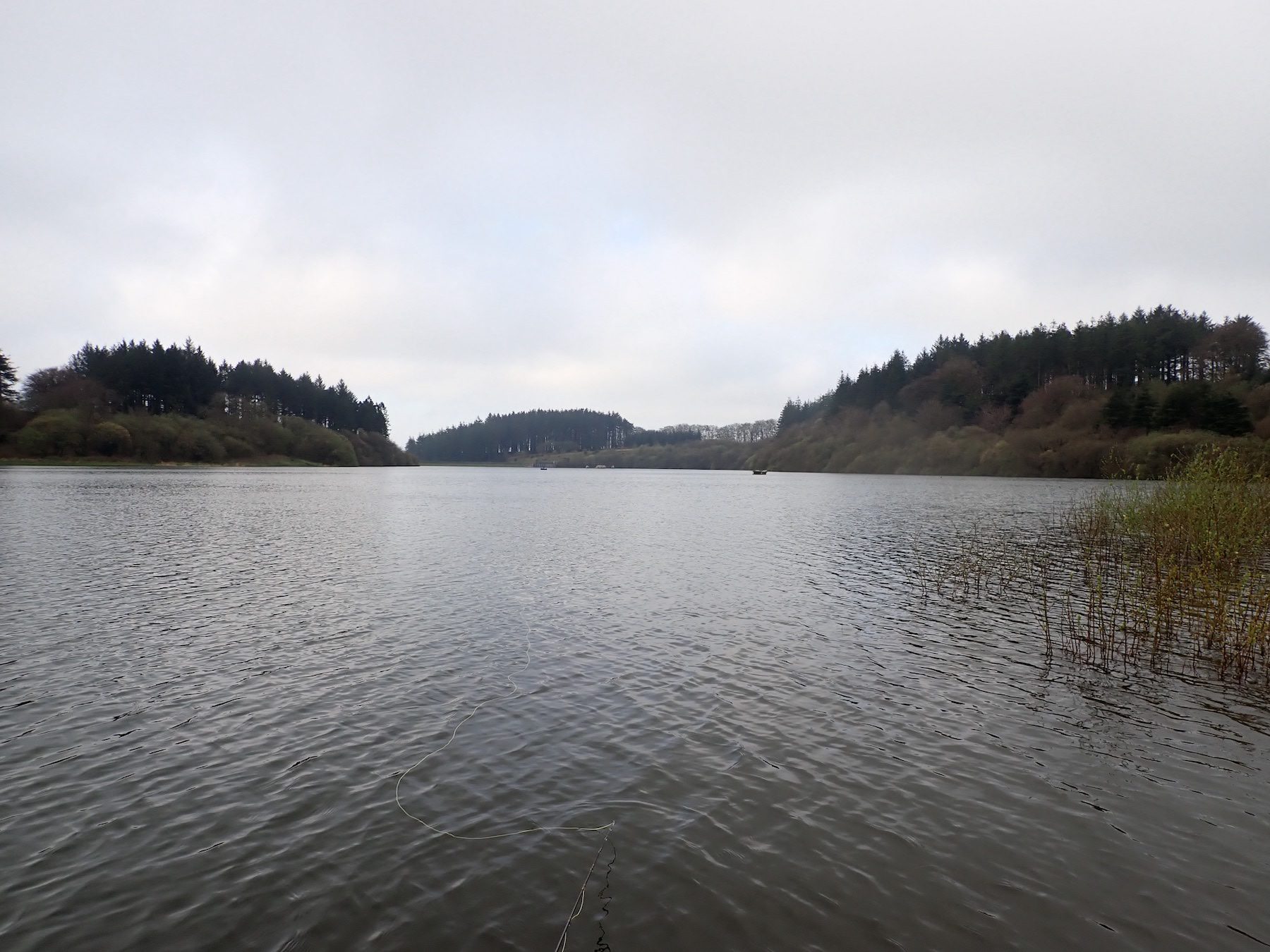
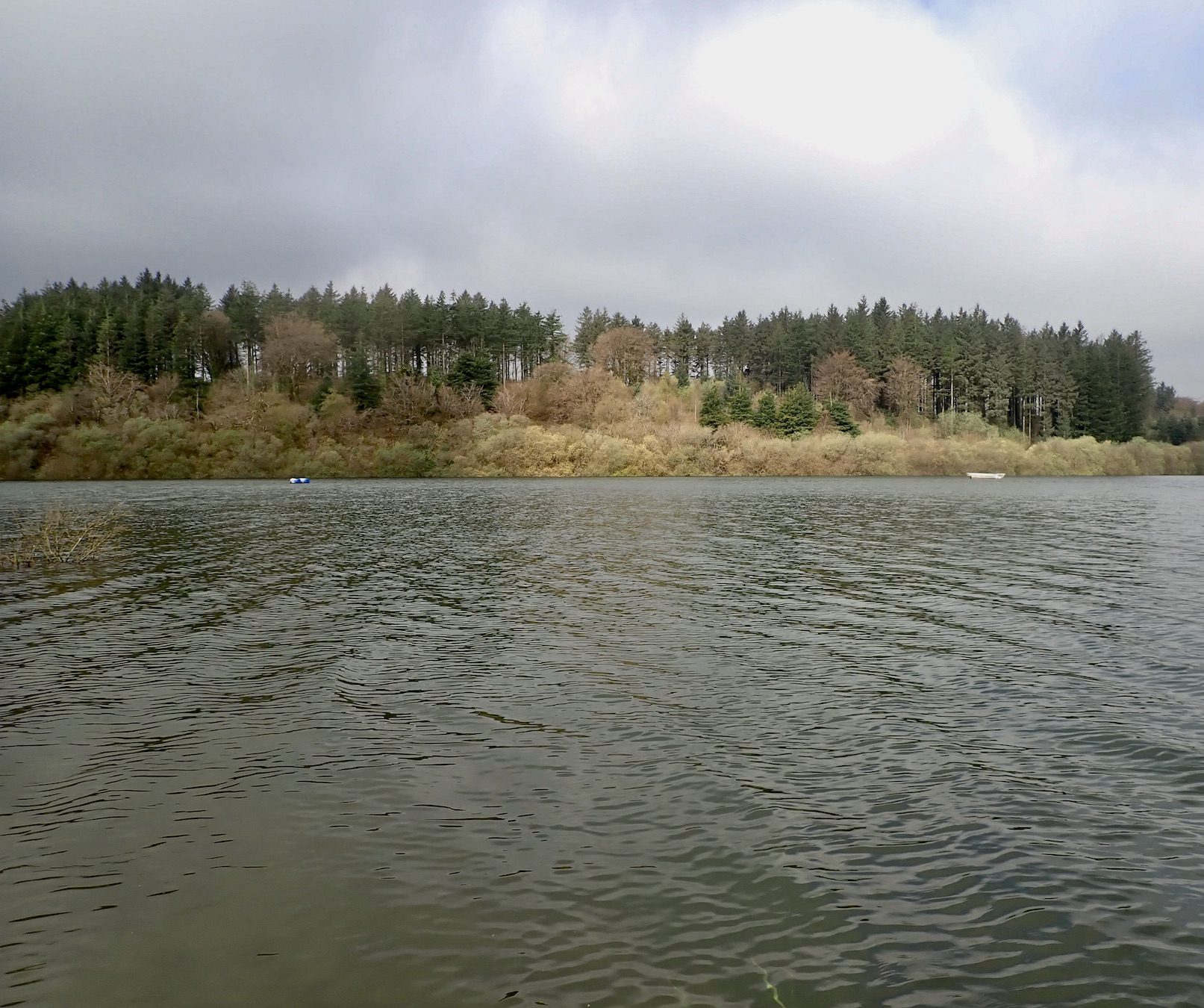

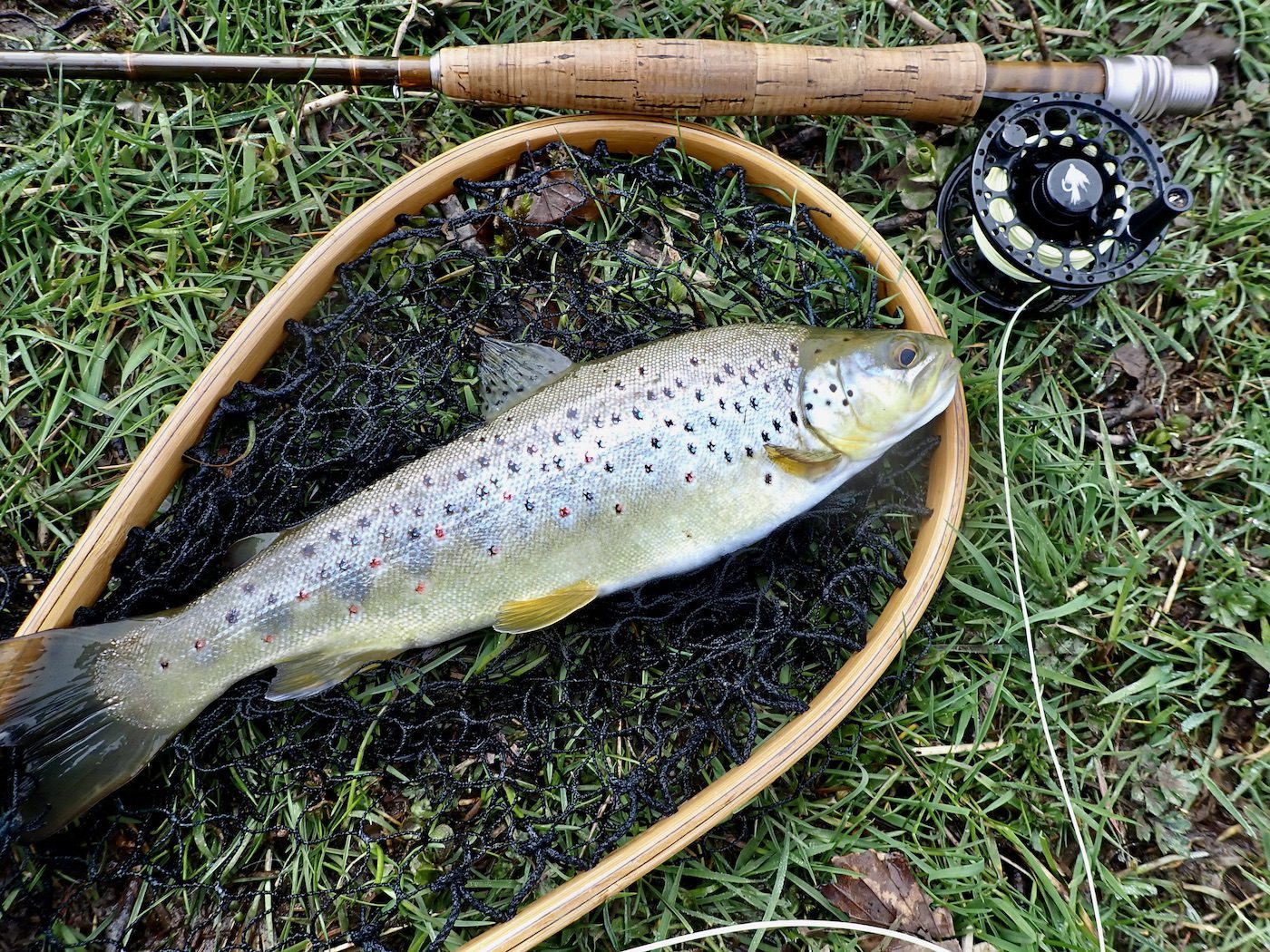
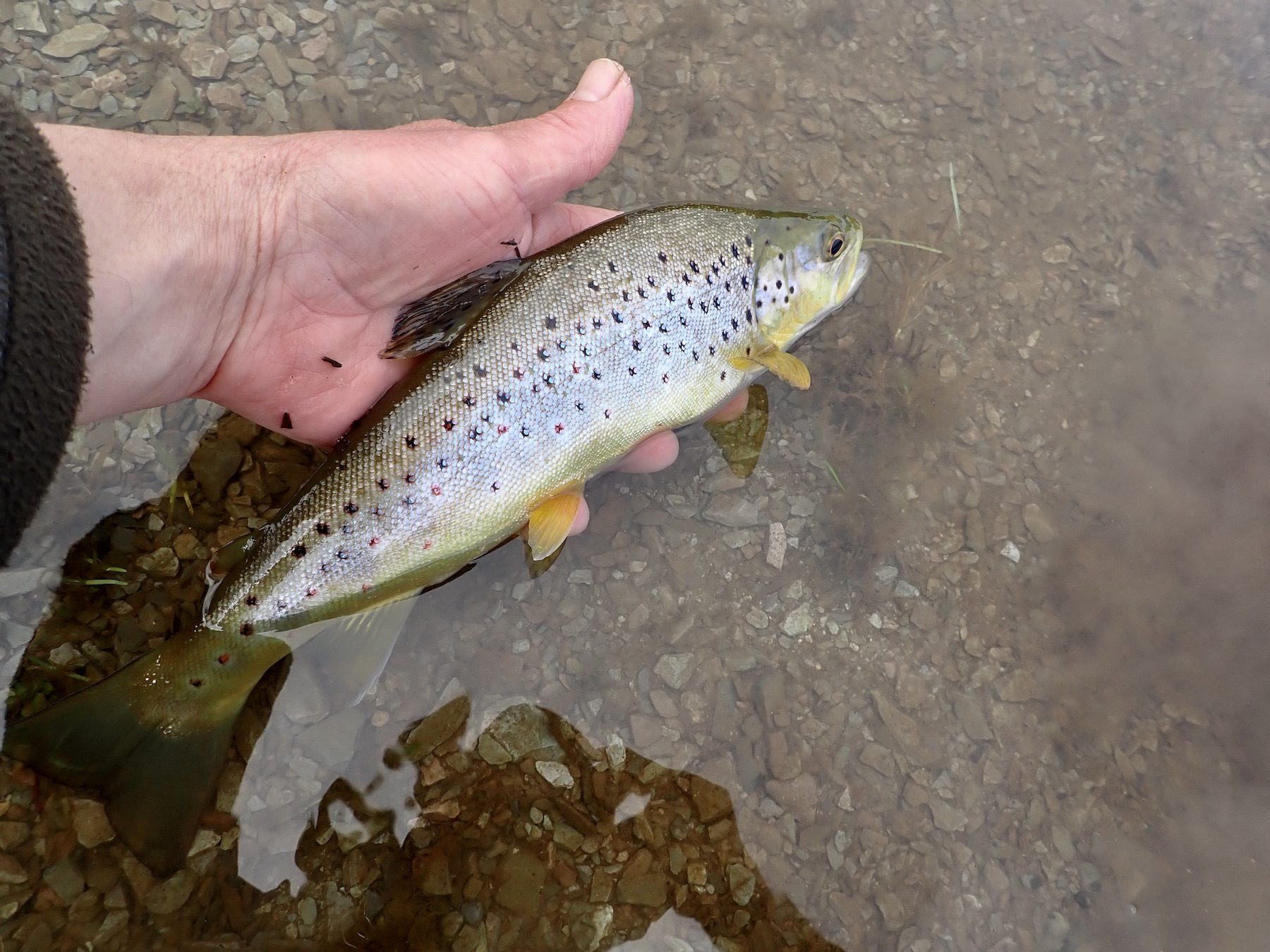
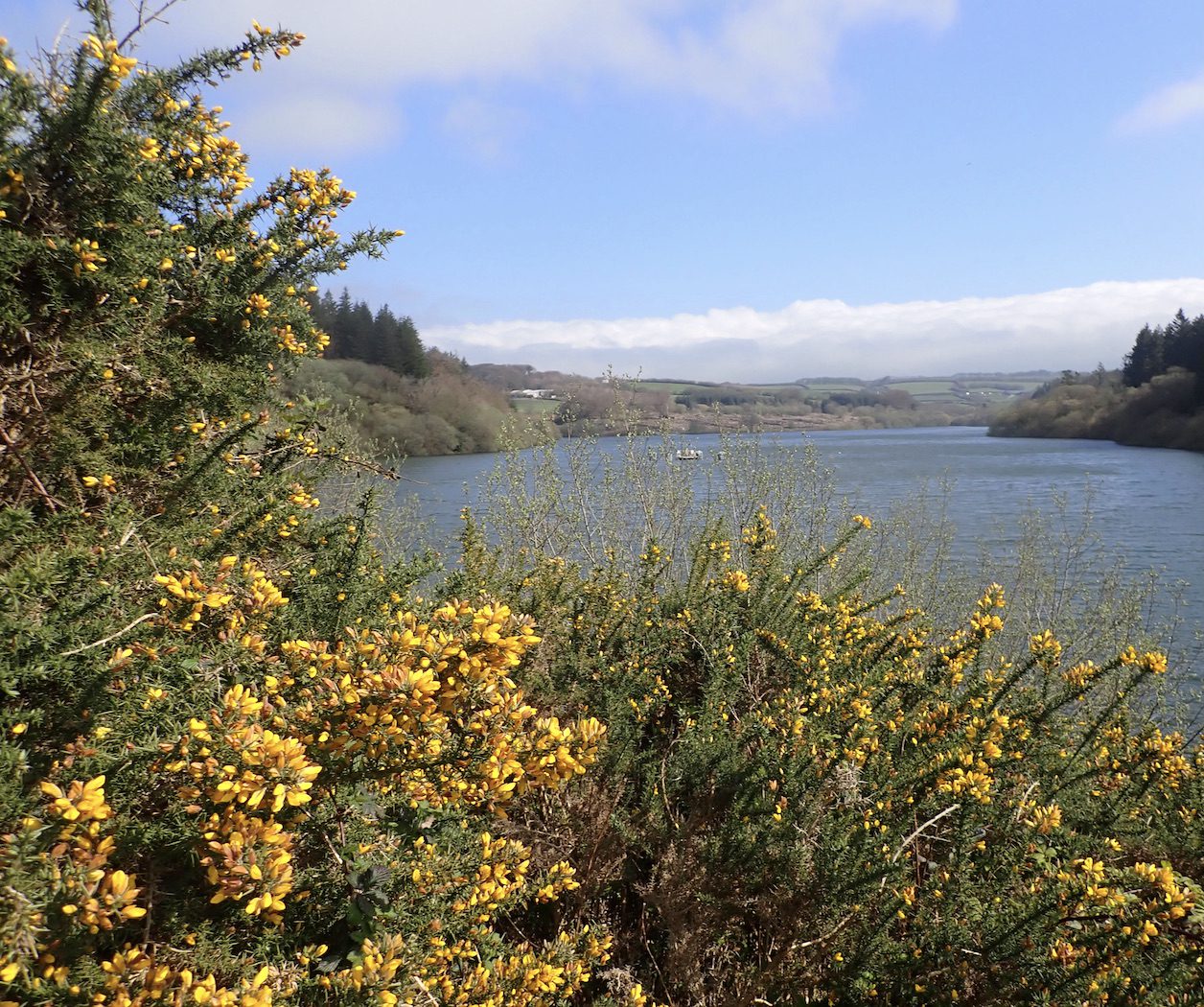
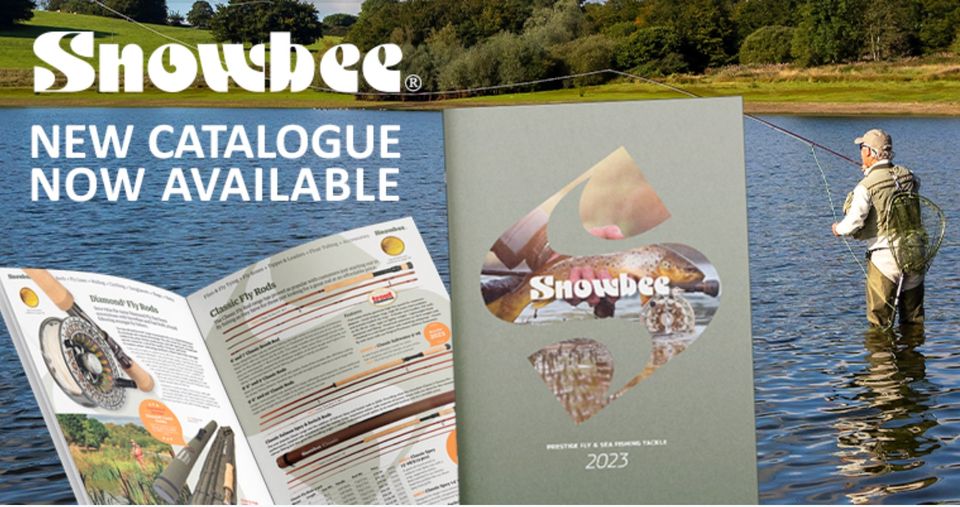
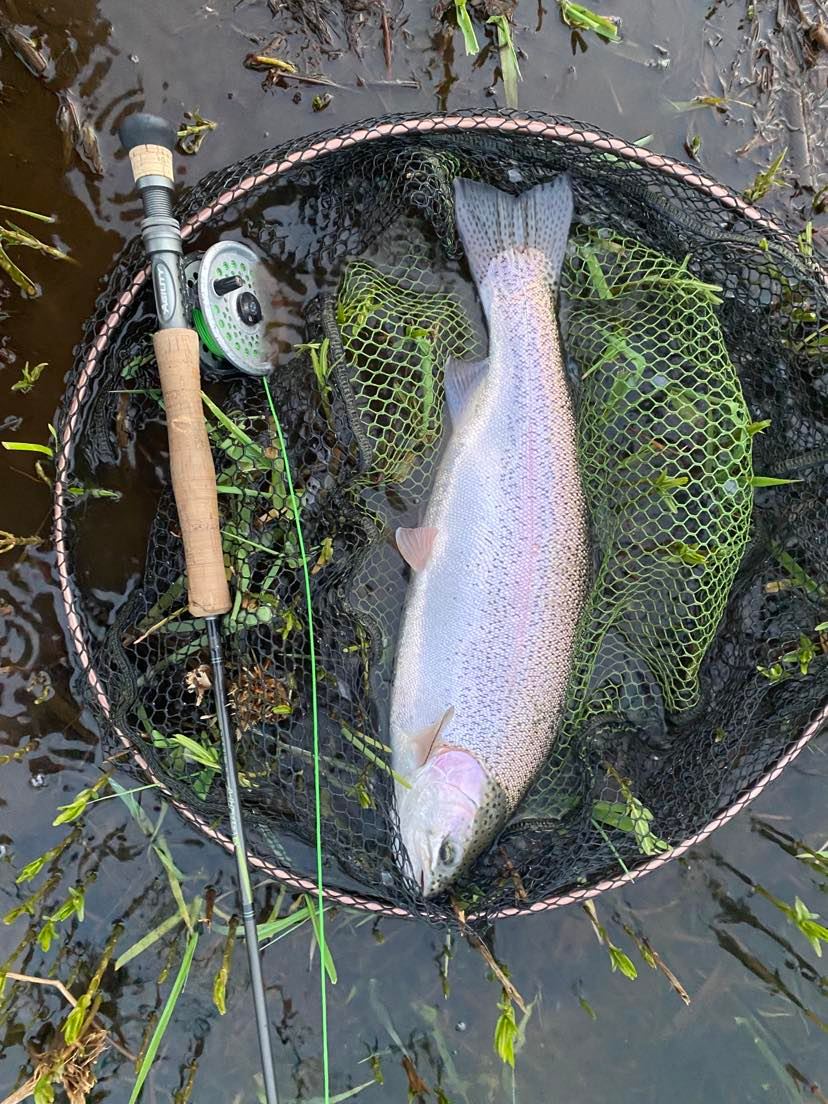
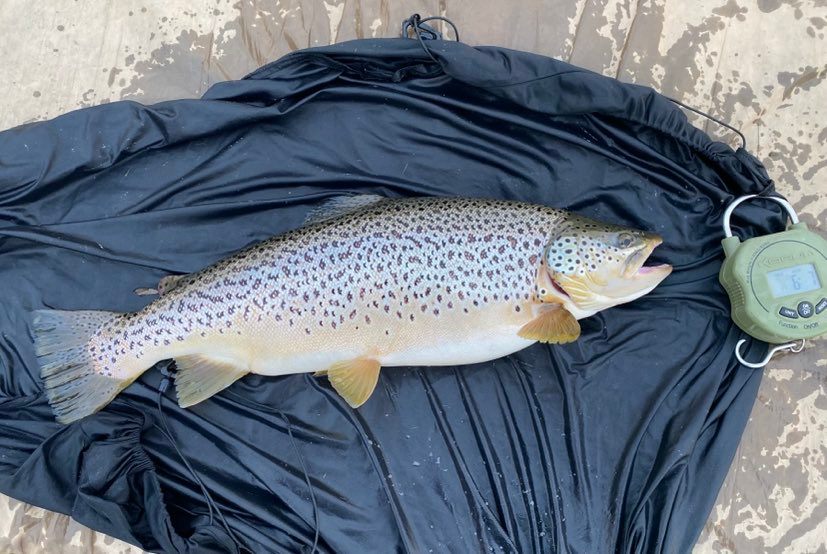
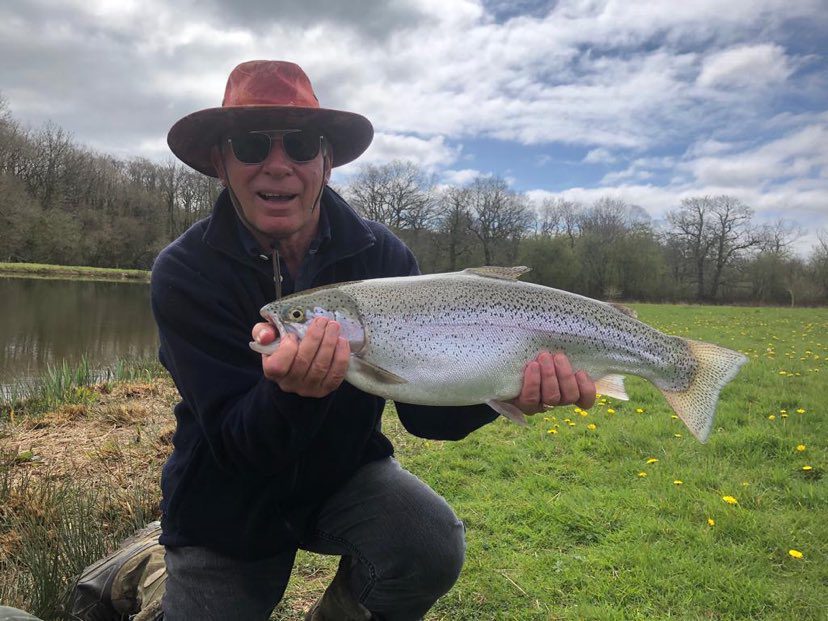
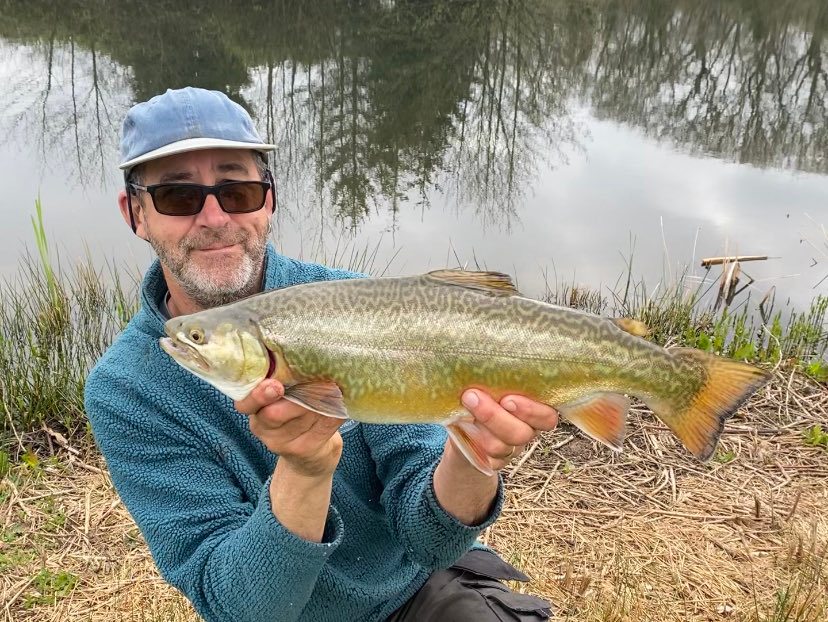

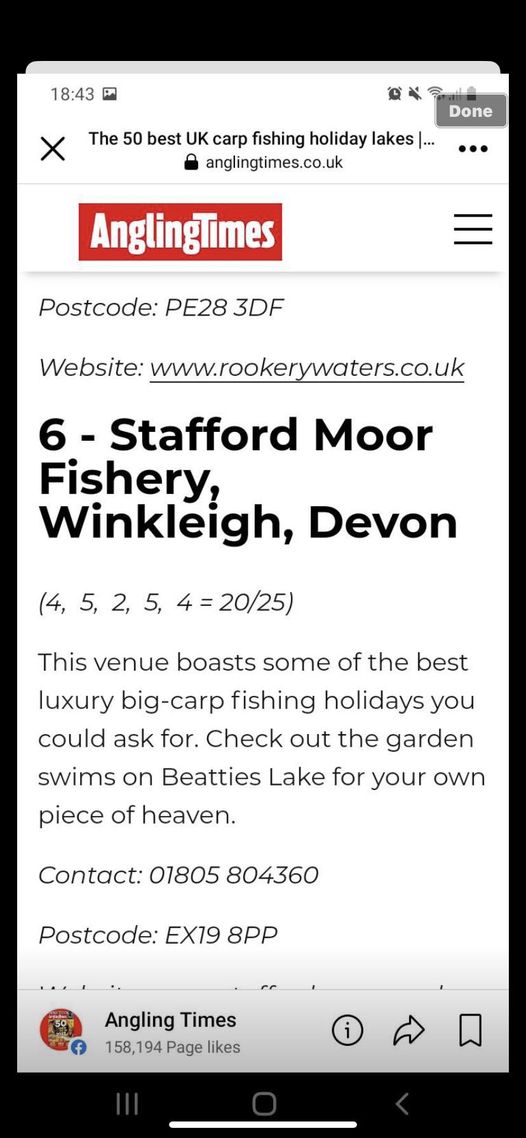 Dan Gunn and his friend Adrian fished on the double swim 1 up on lodge lake they banked 7 fish up to 26lb. The guys were using Krill 20mm boilies glugged & Mainline Hybrid wafters.
Dan Gunn and his friend Adrian fished on the double swim 1 up on lodge lake they banked 7 fish up to 26lb. The guys were using Krill 20mm boilies glugged & Mainline Hybrid wafters.